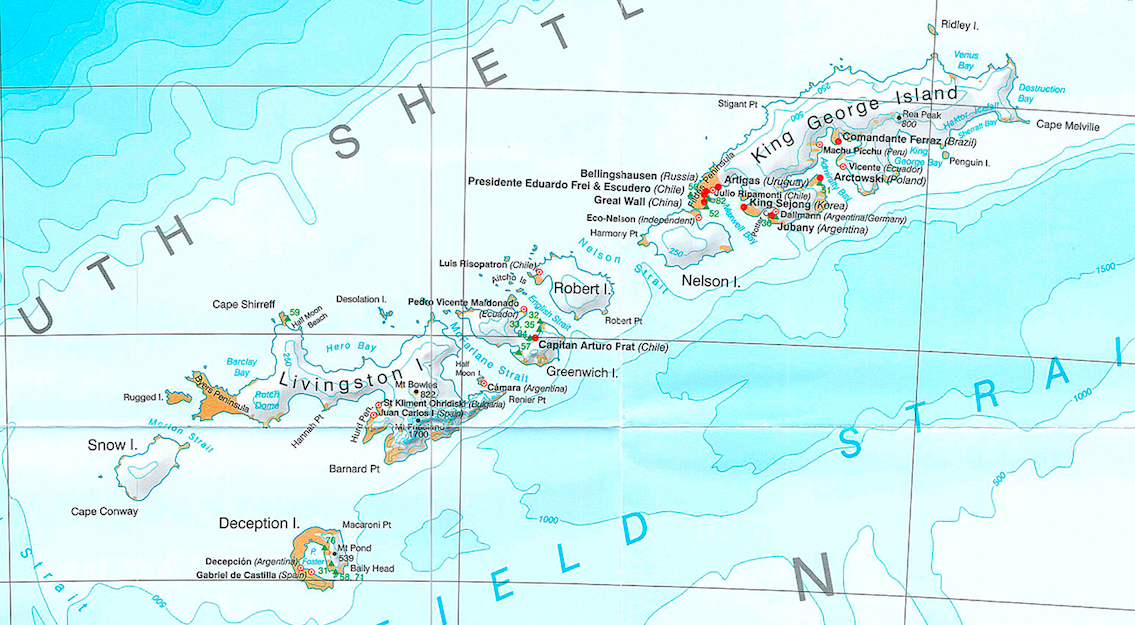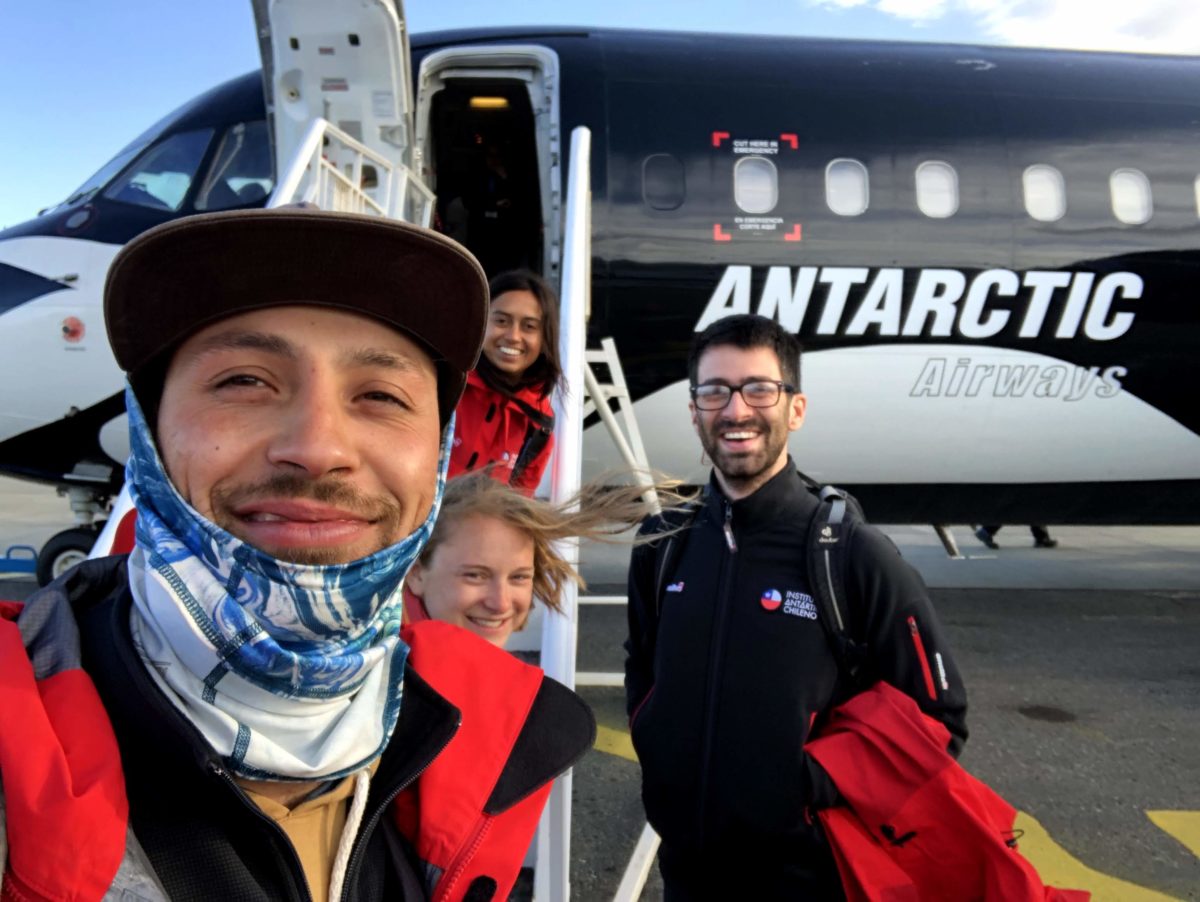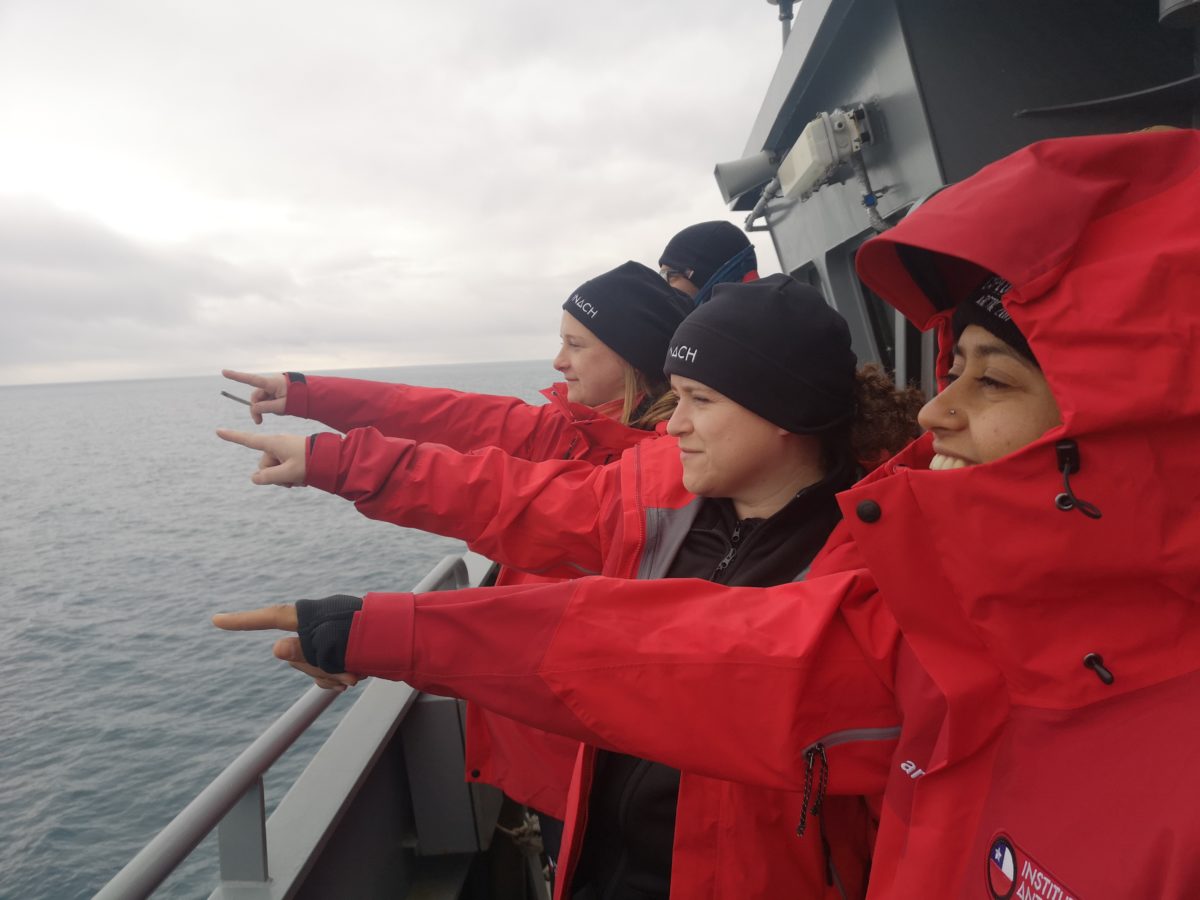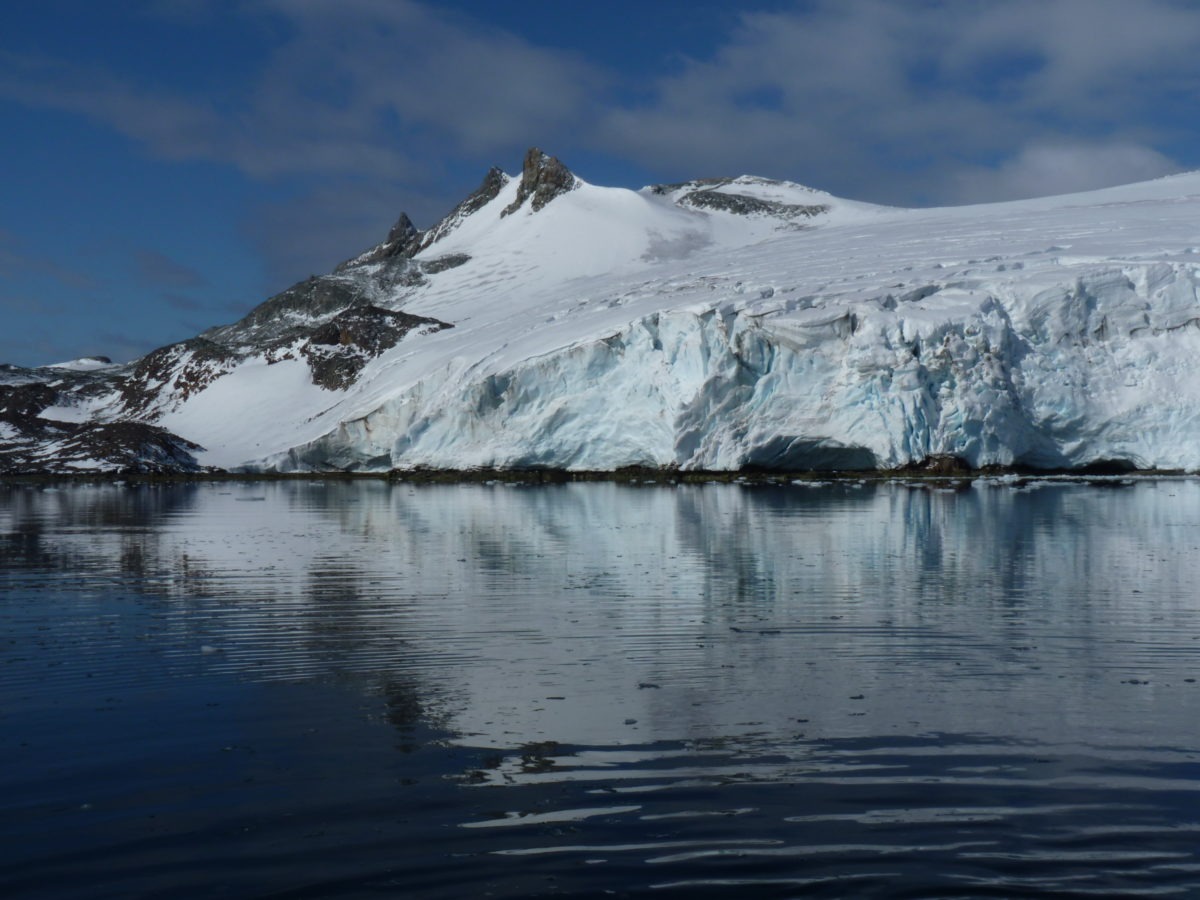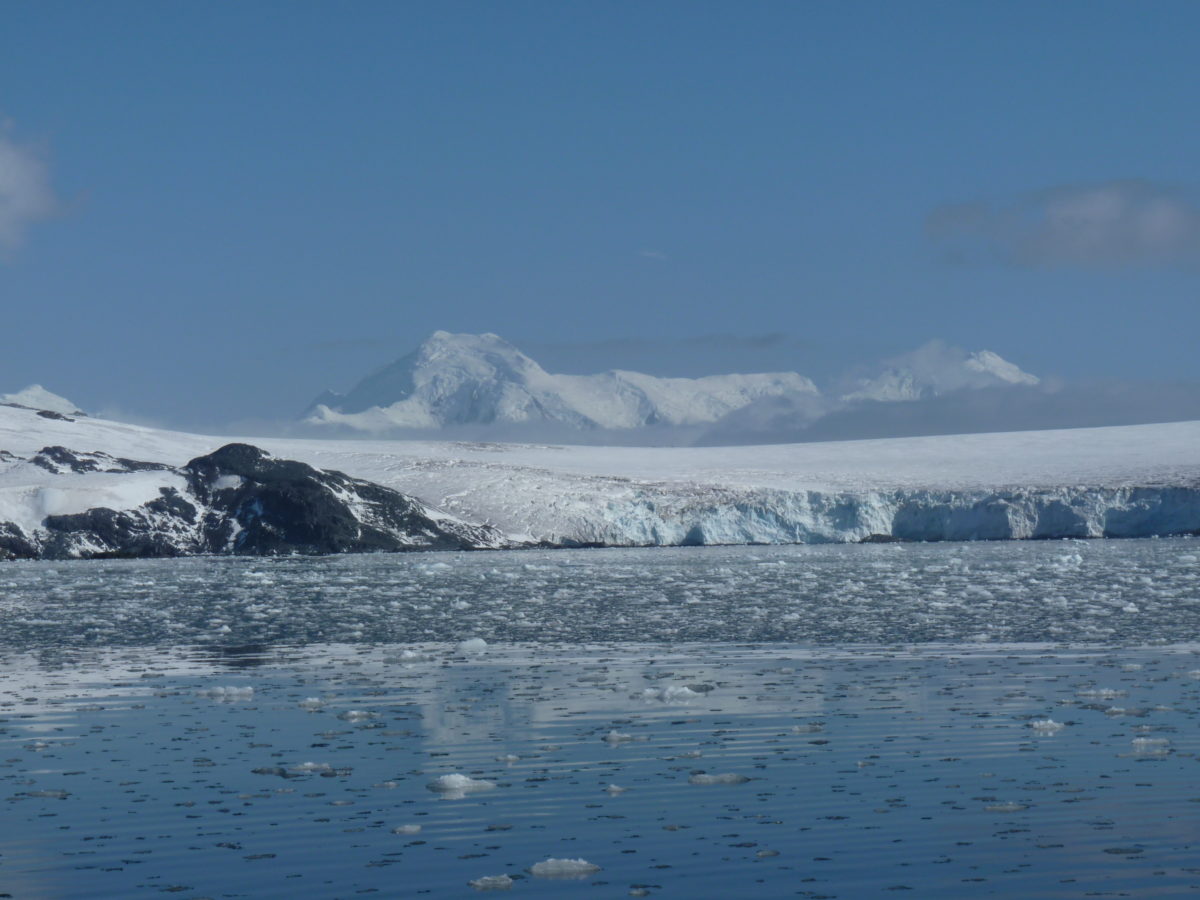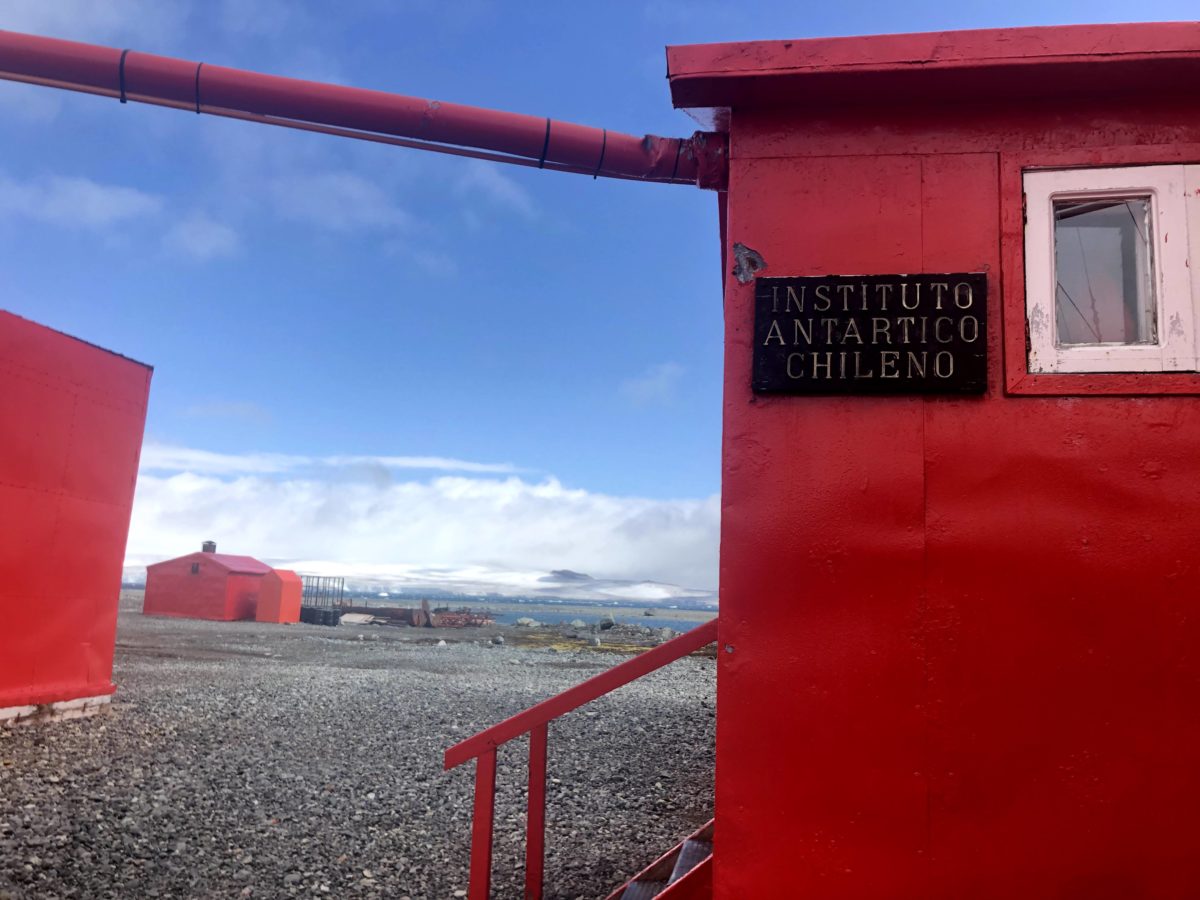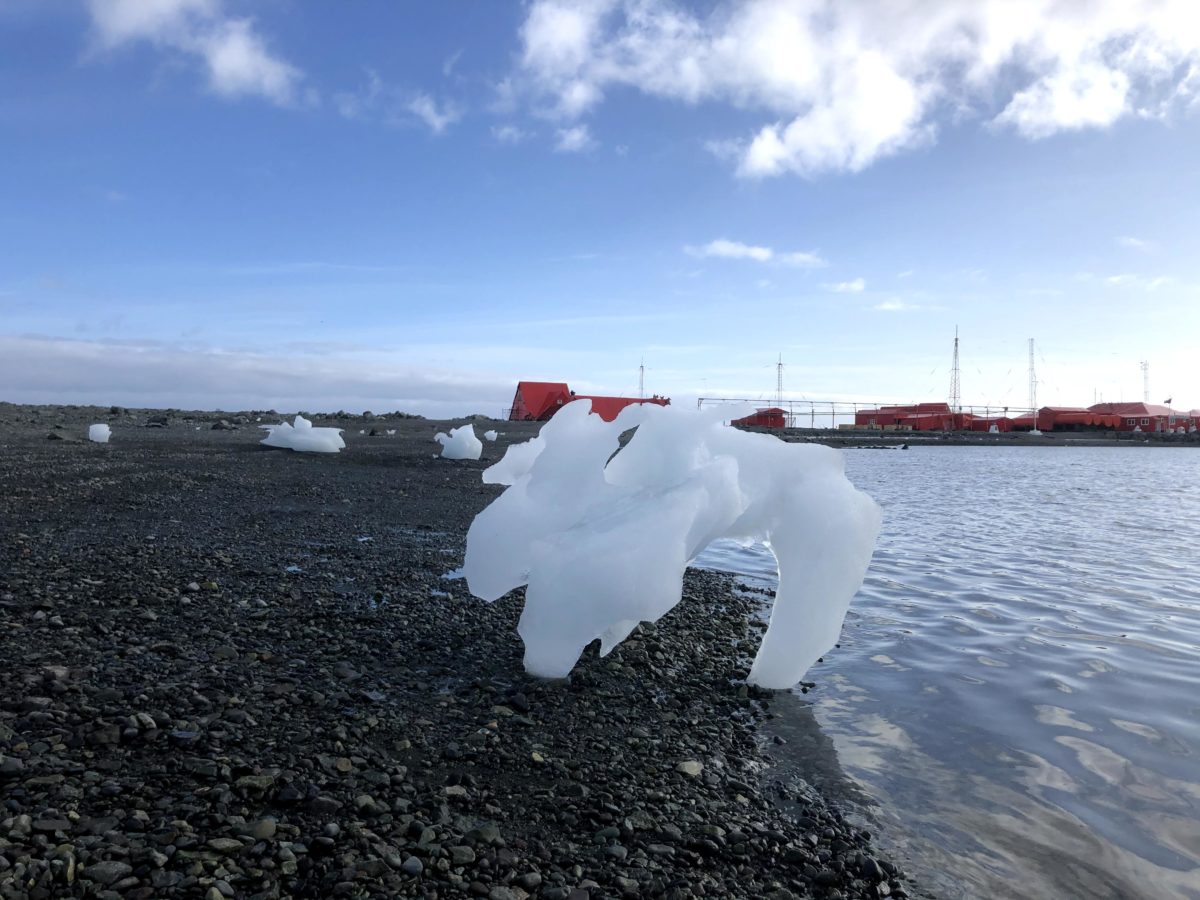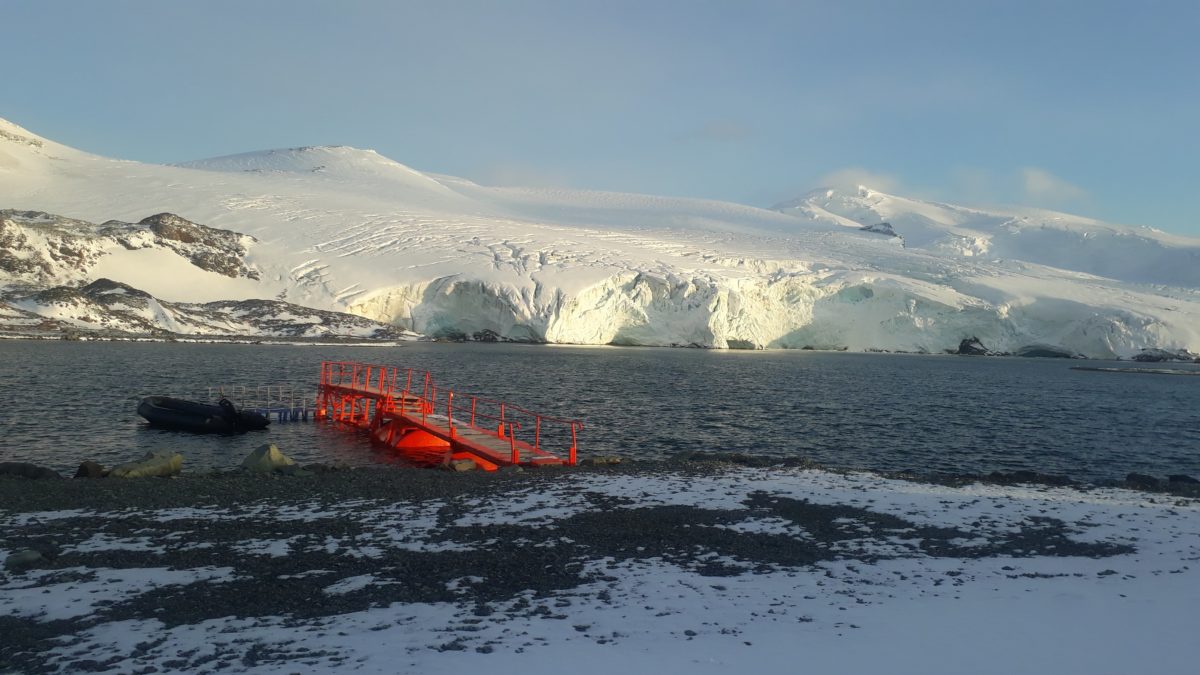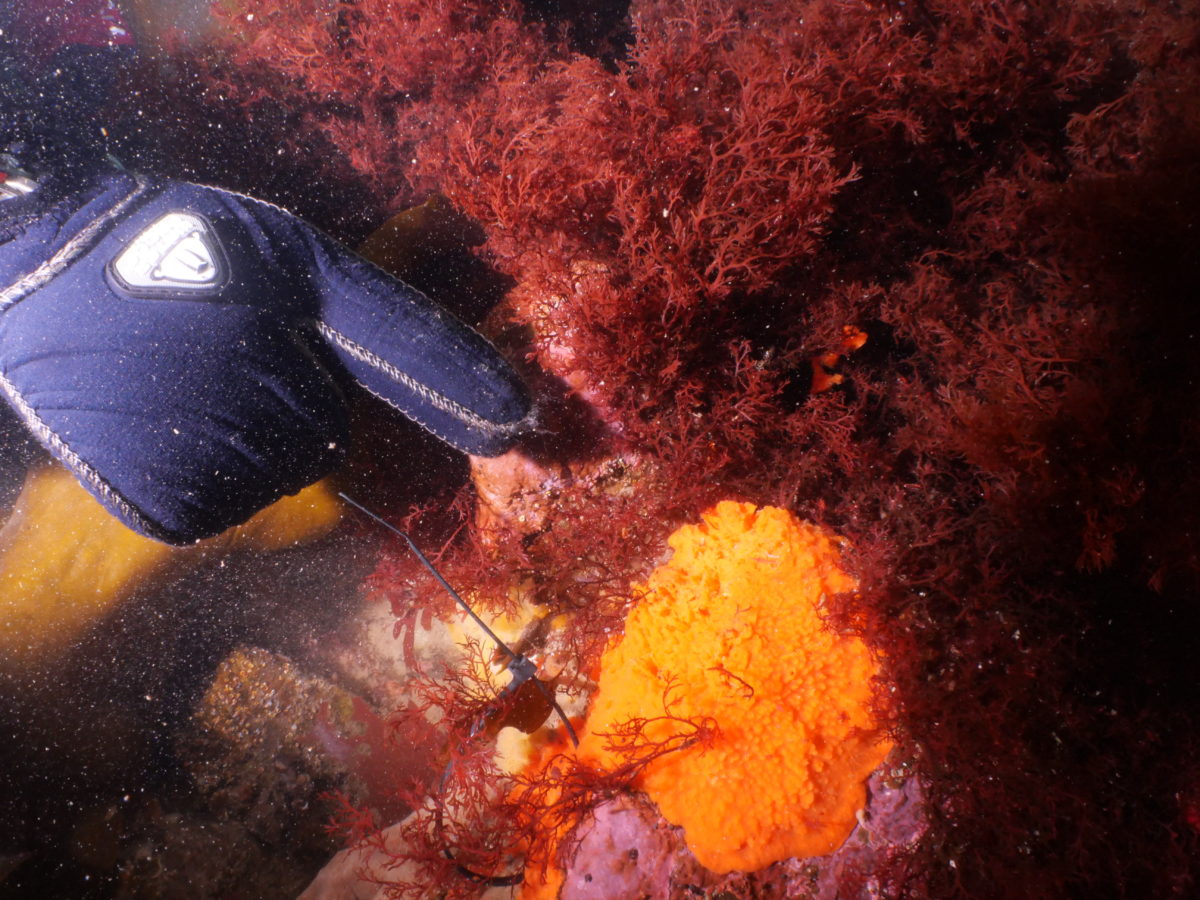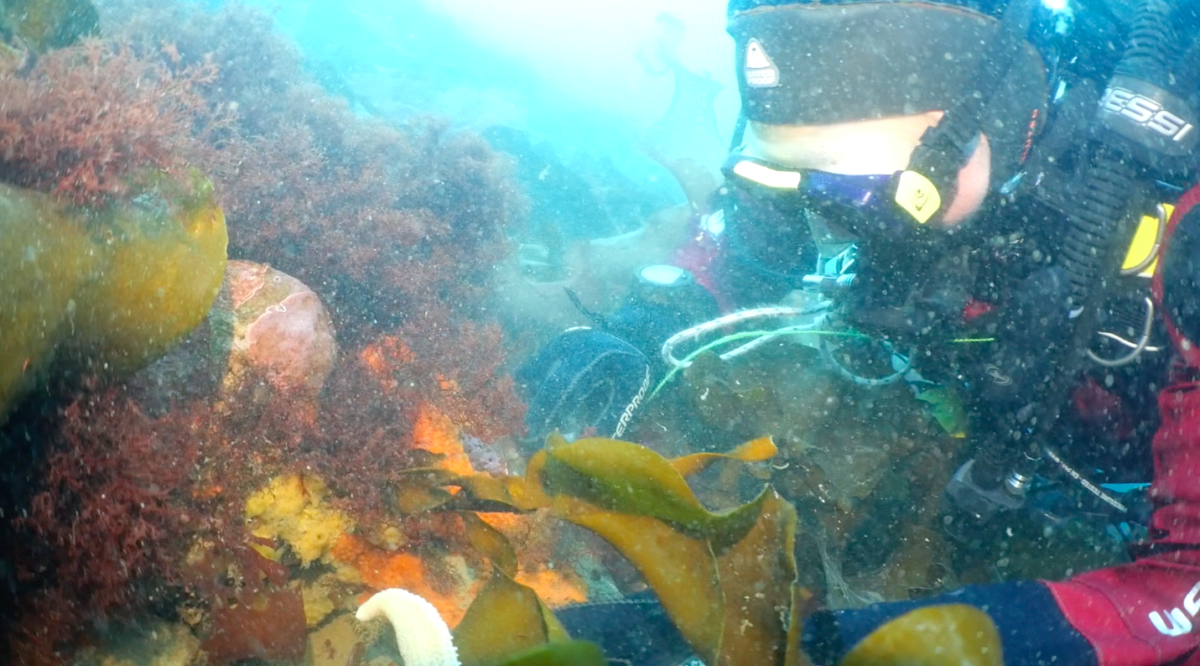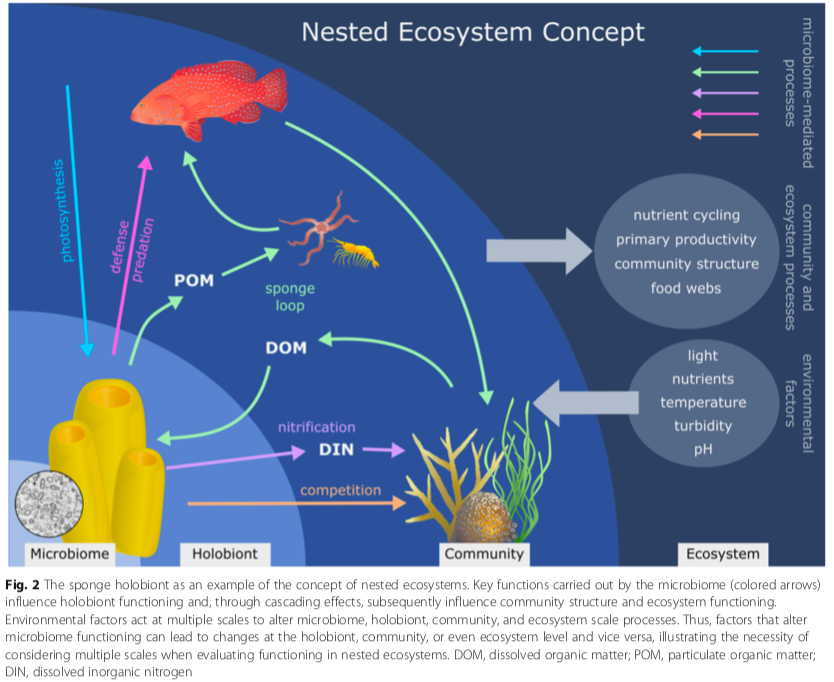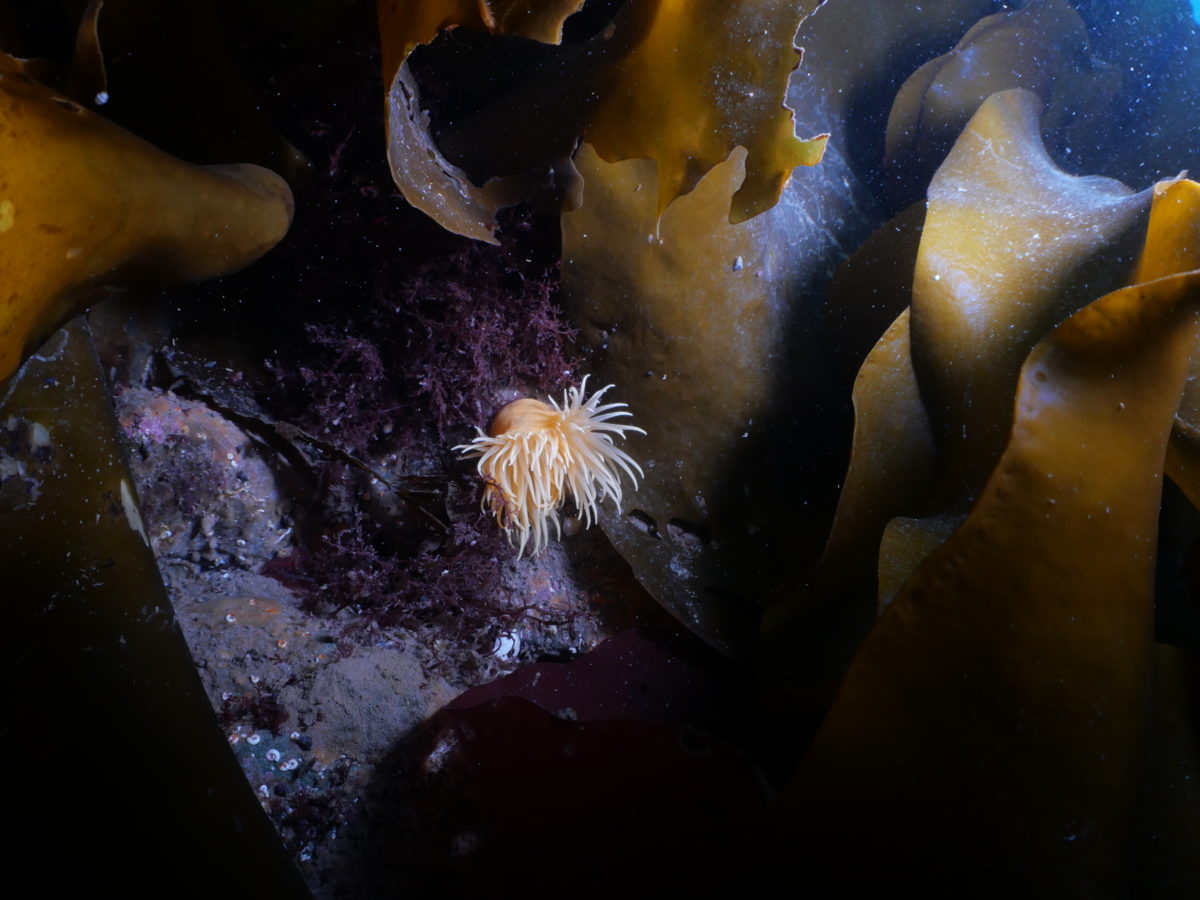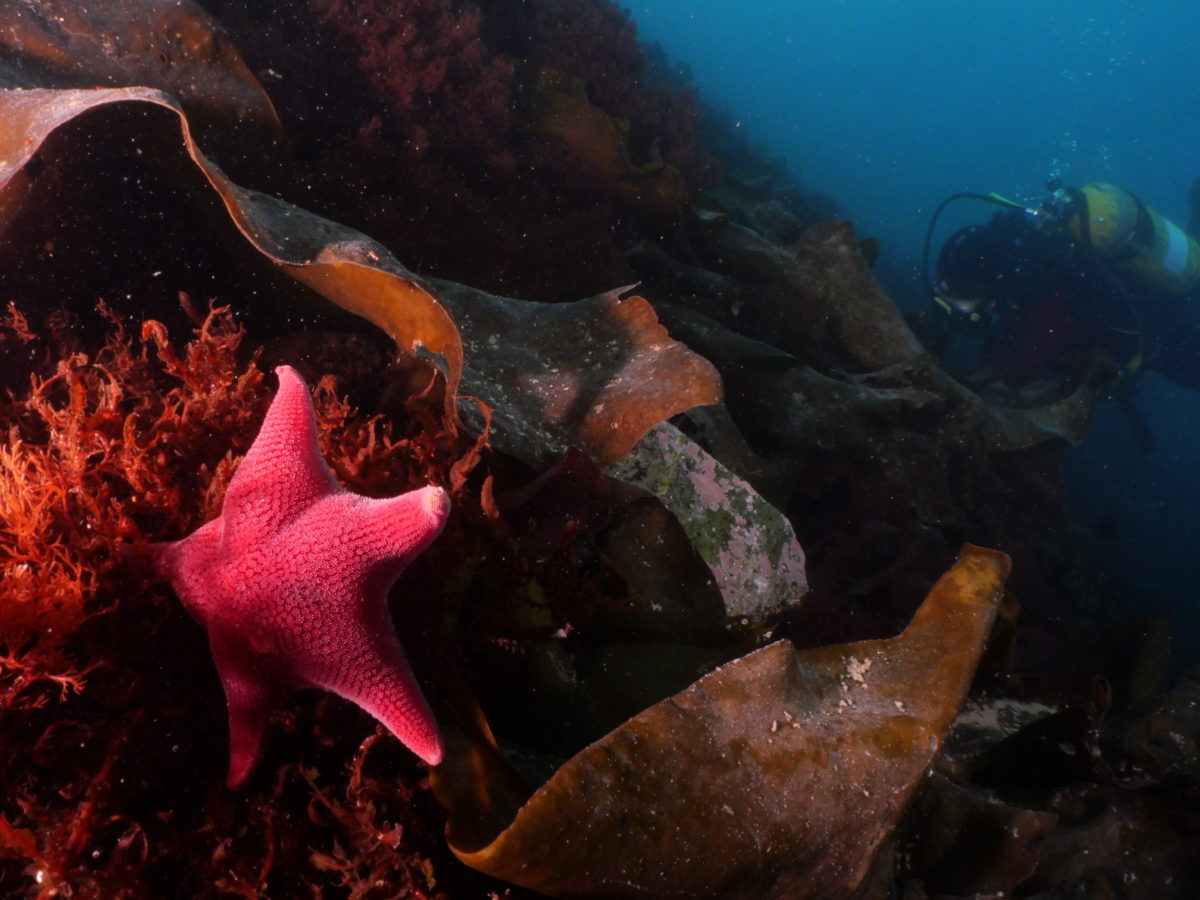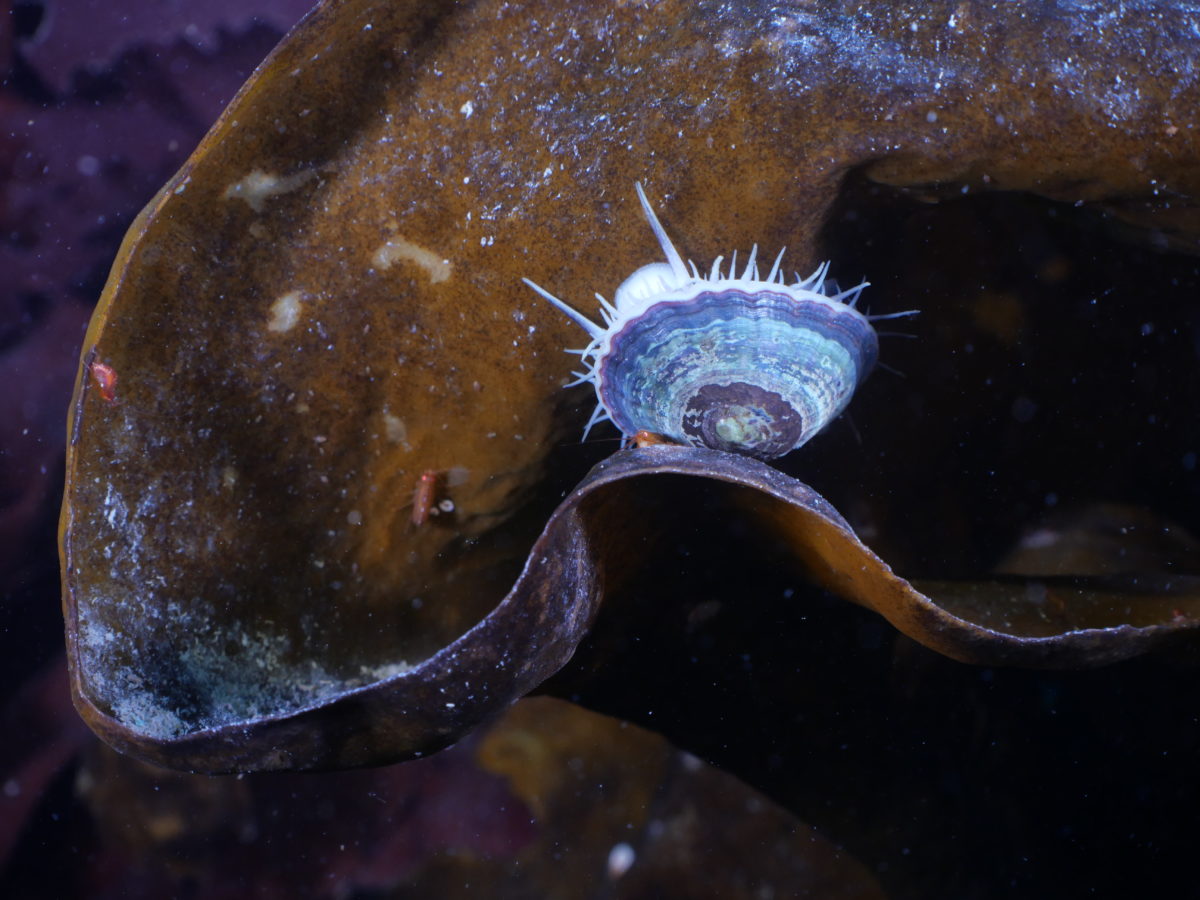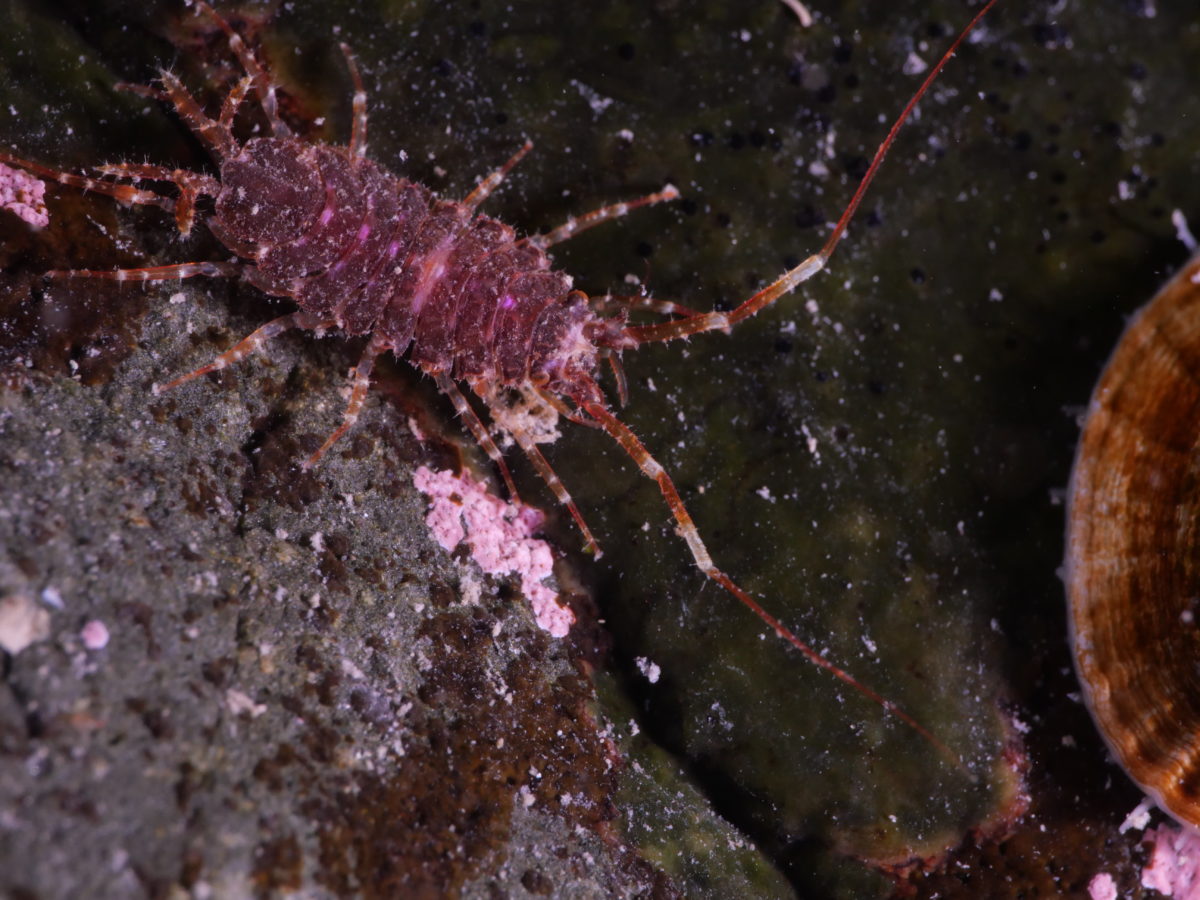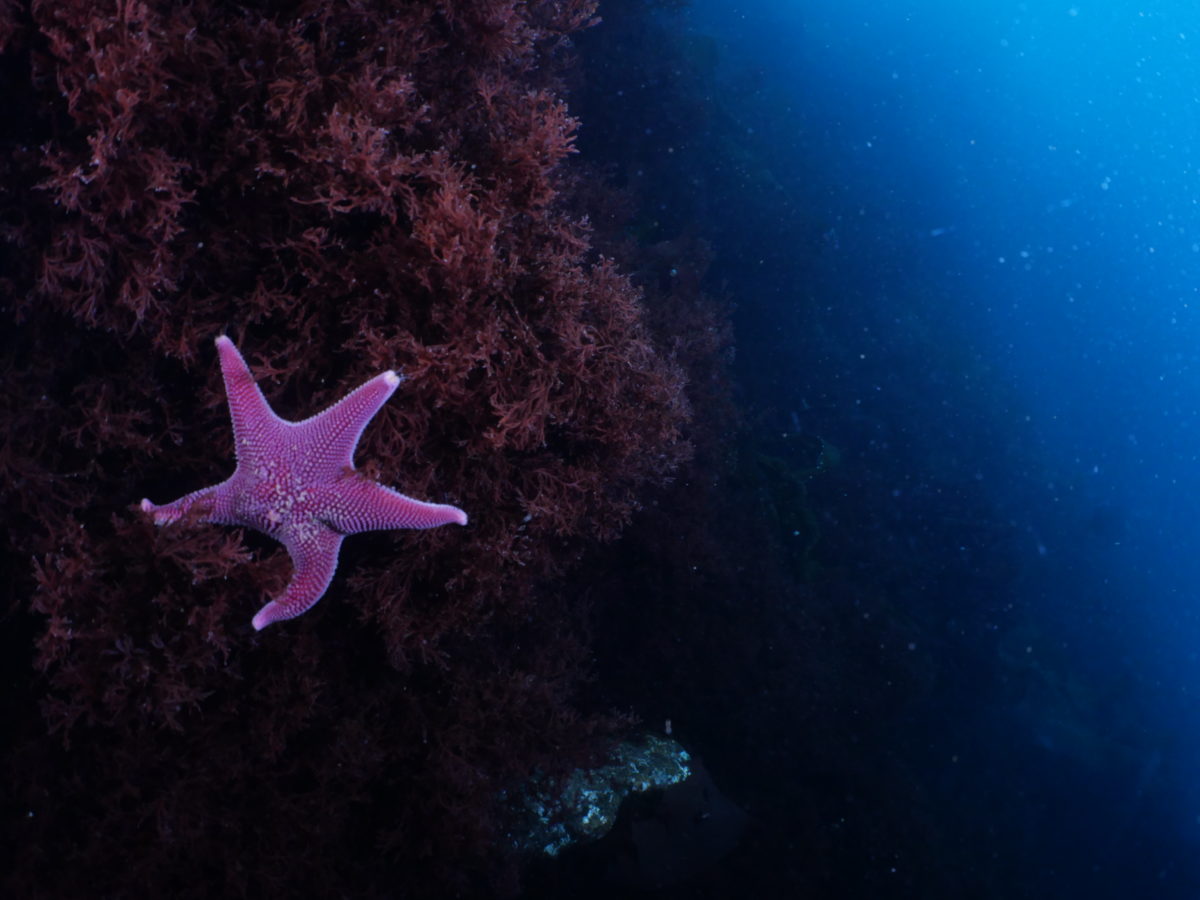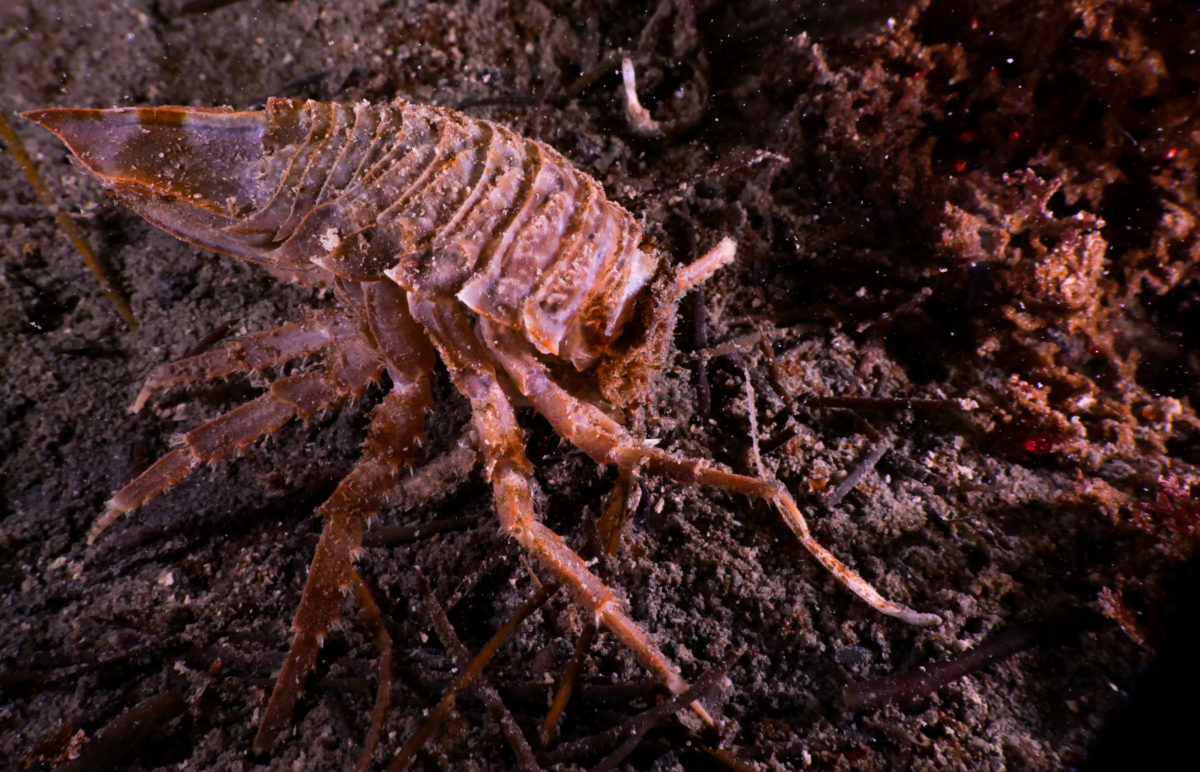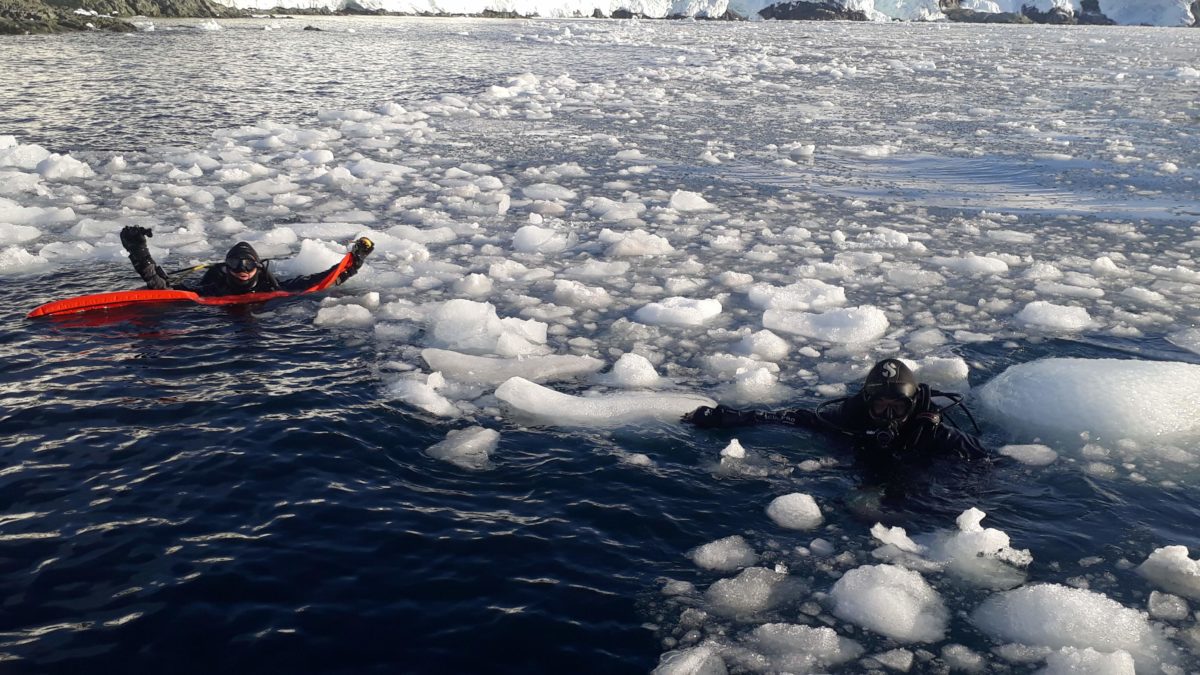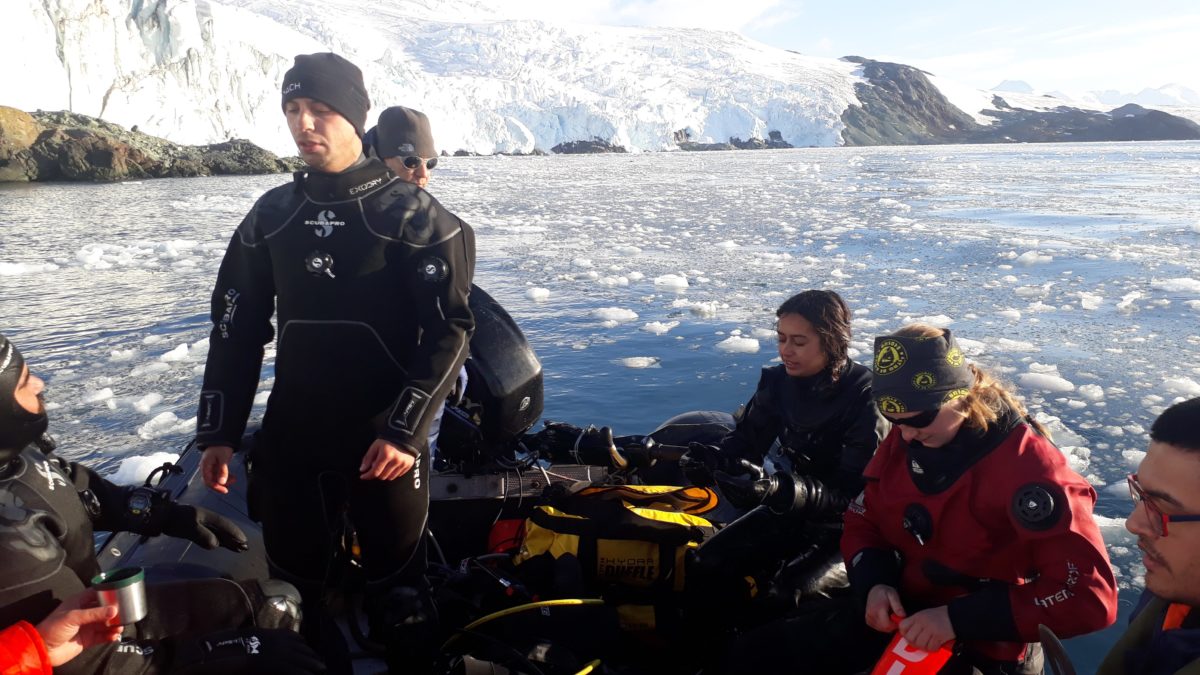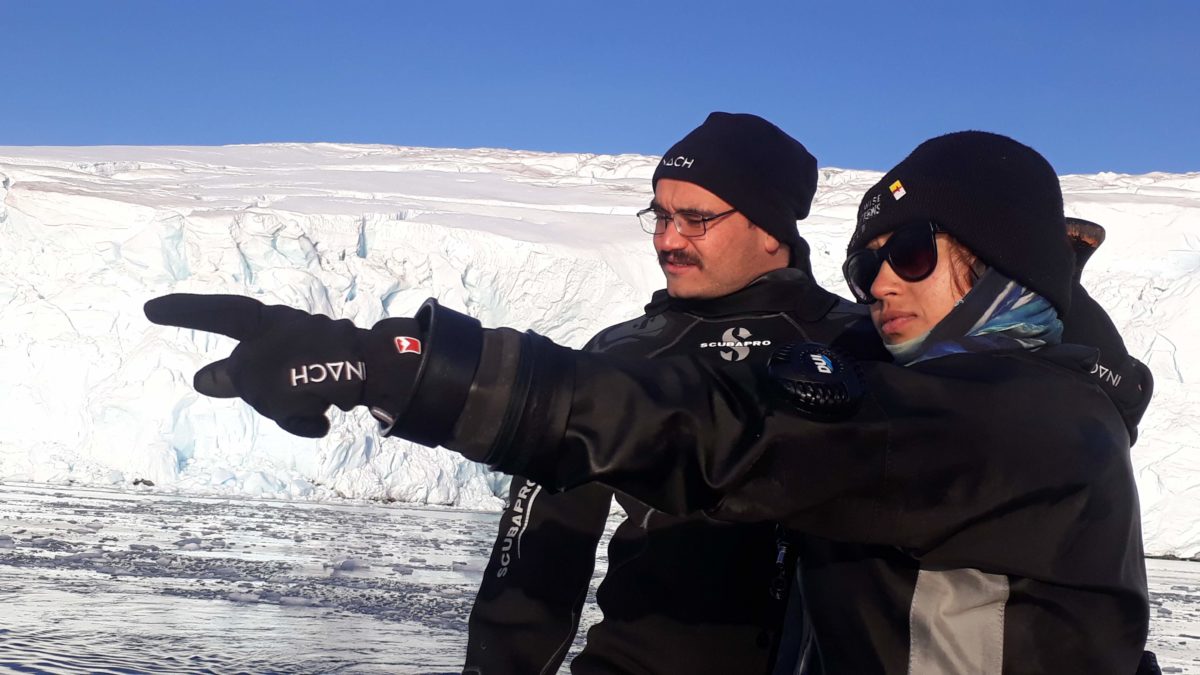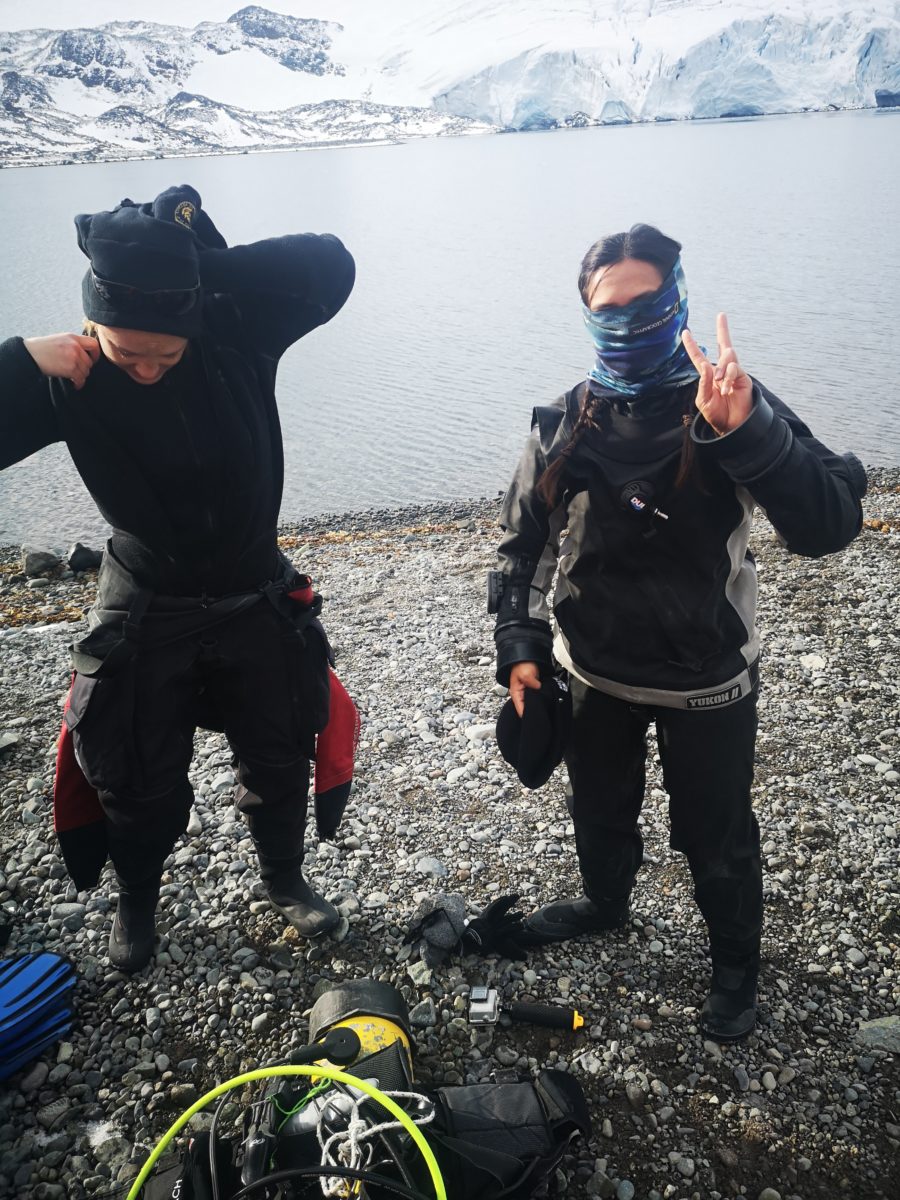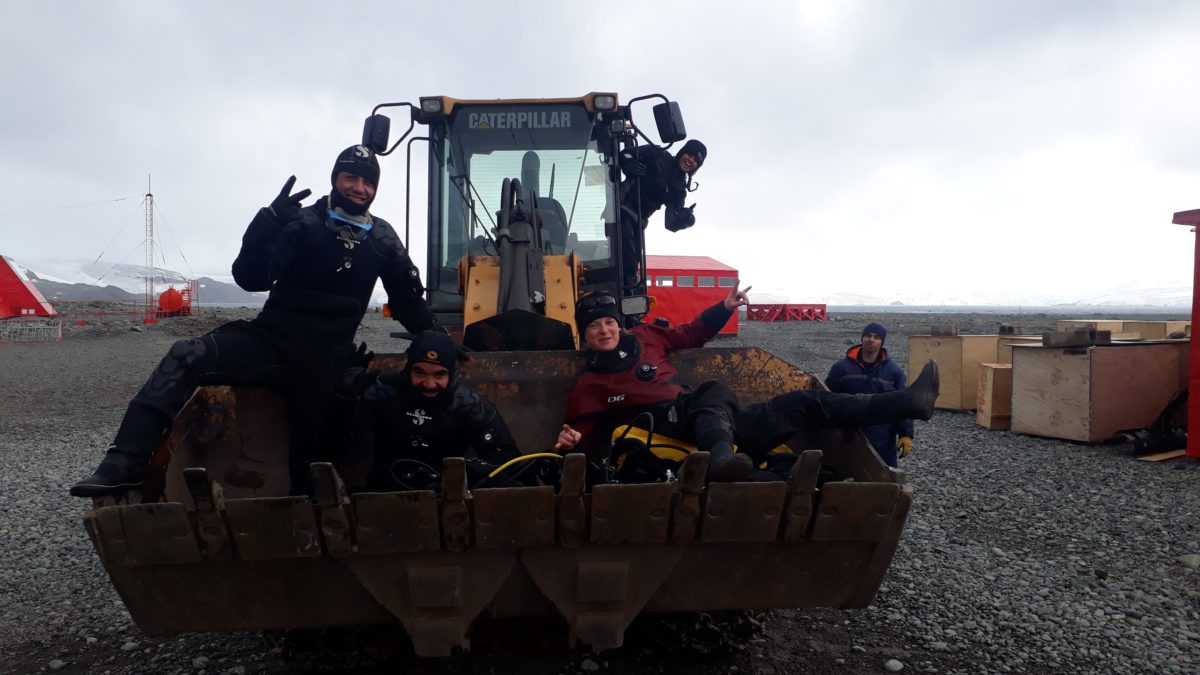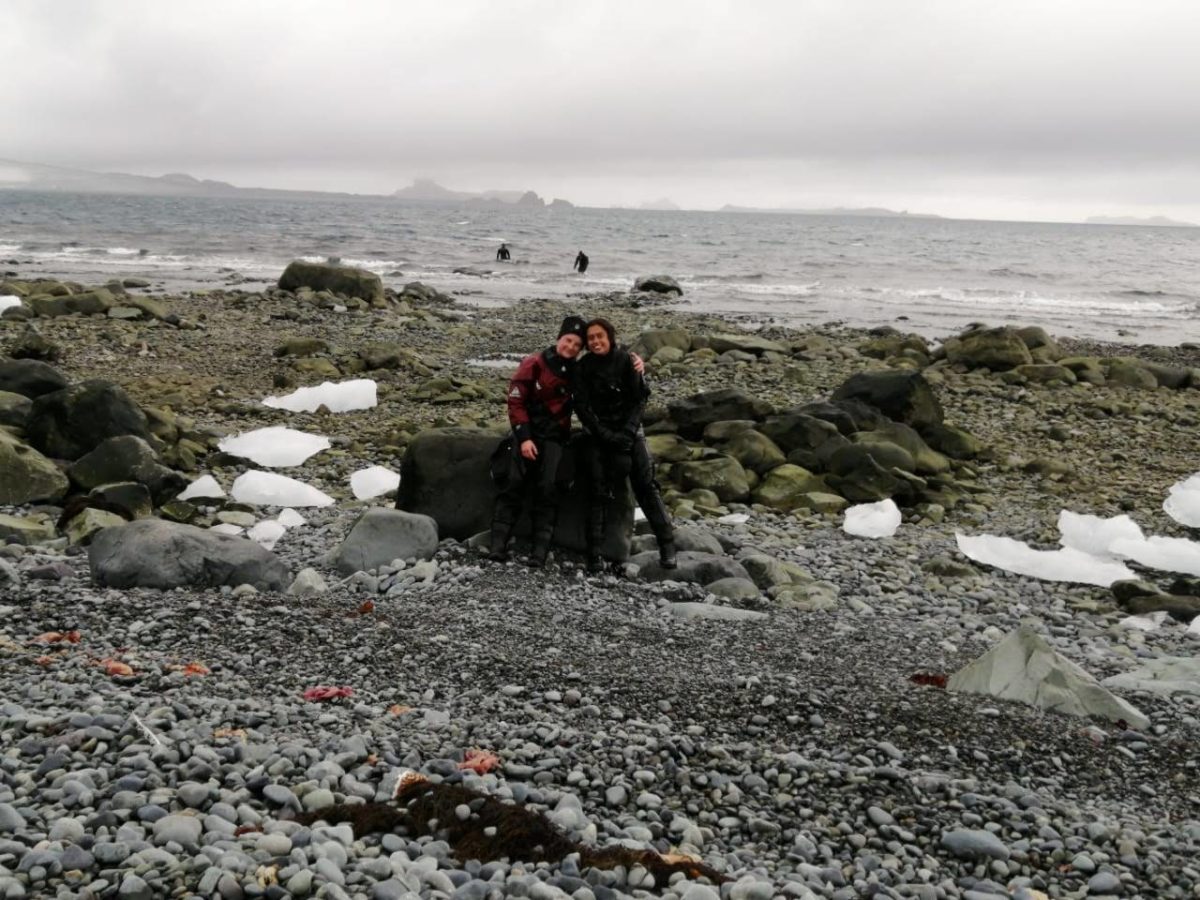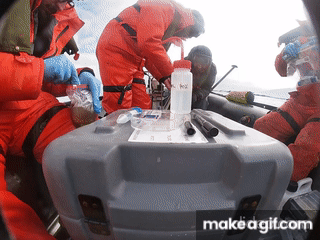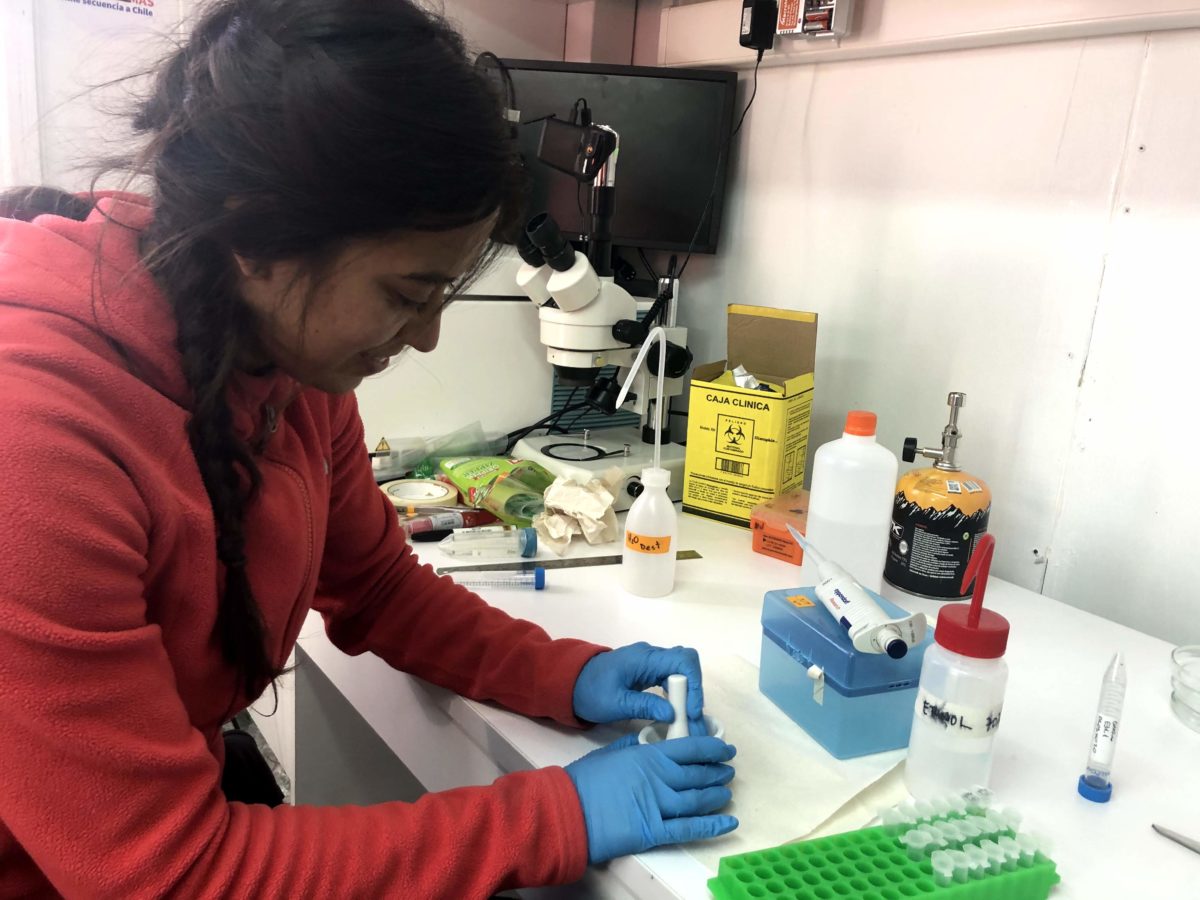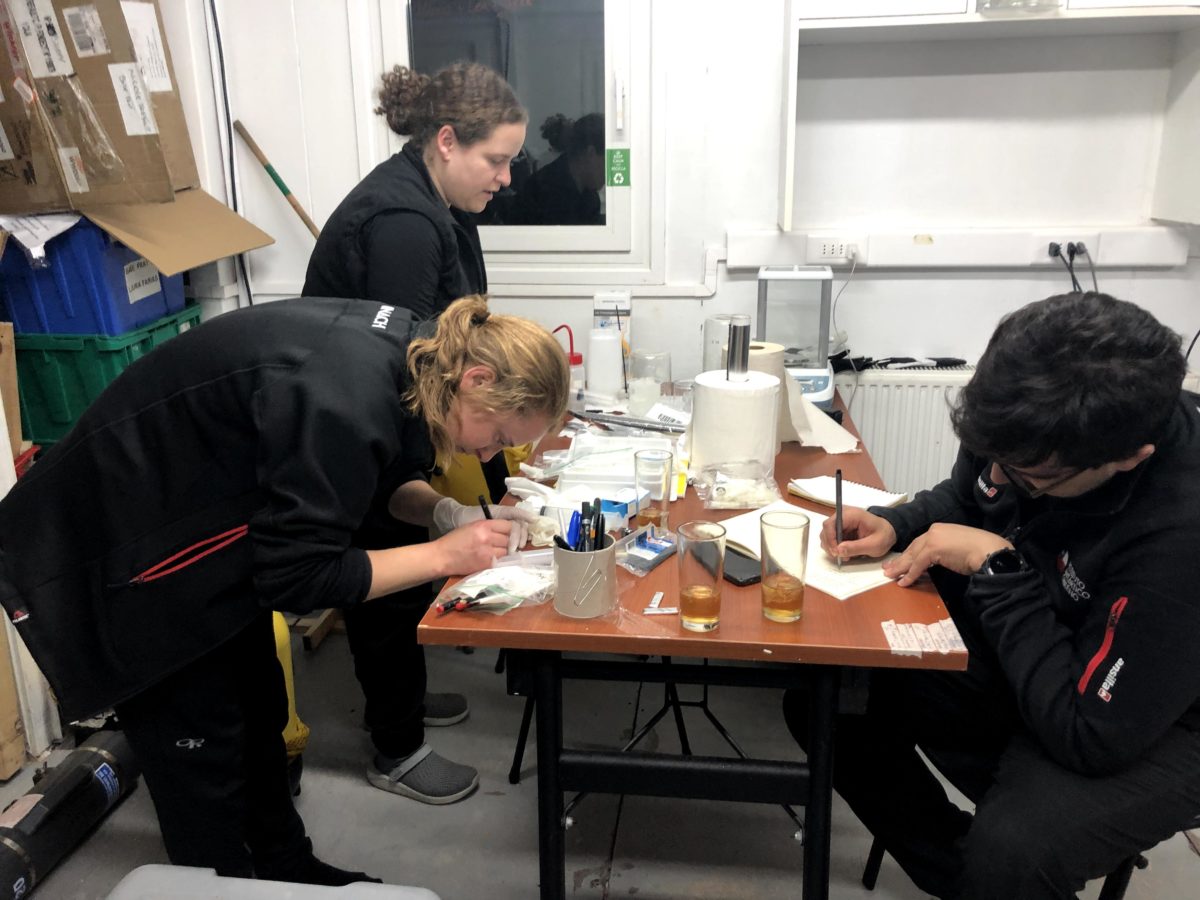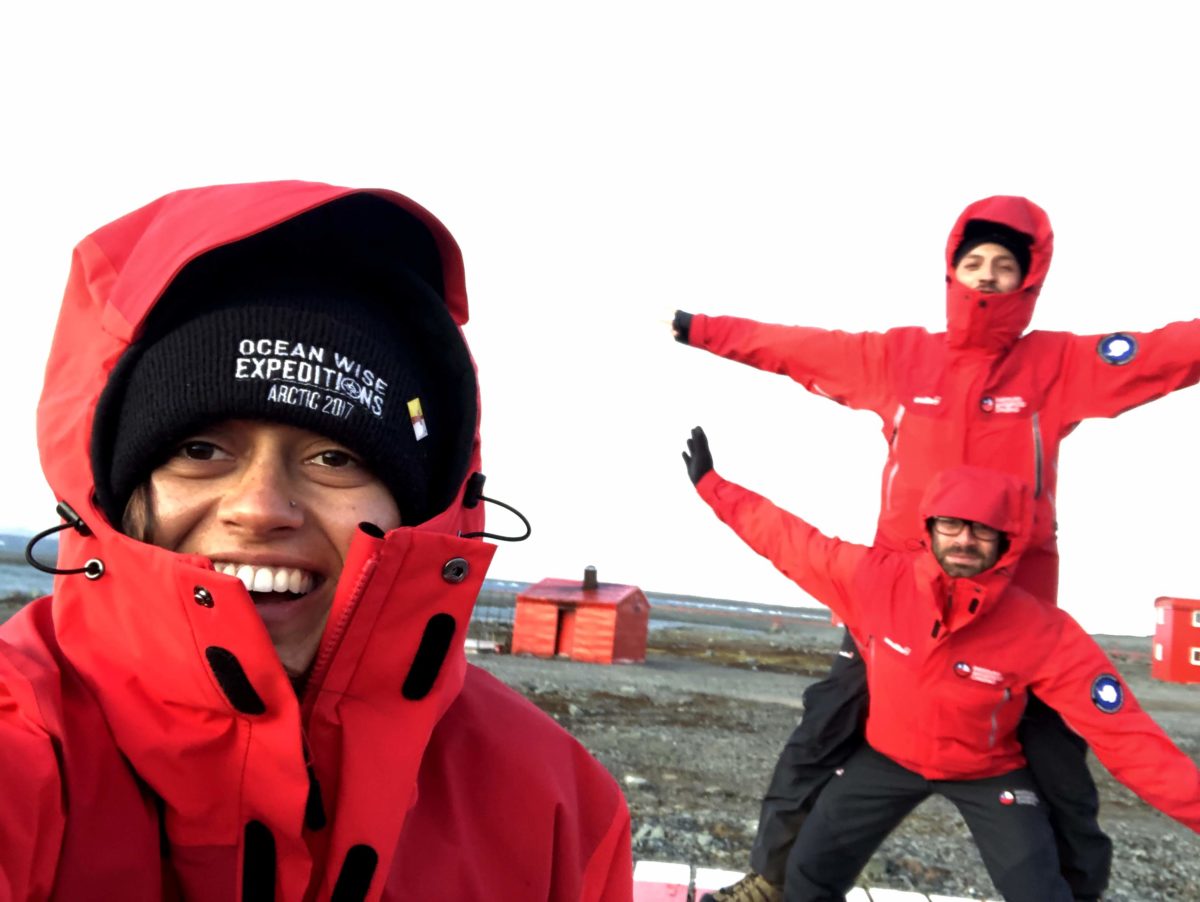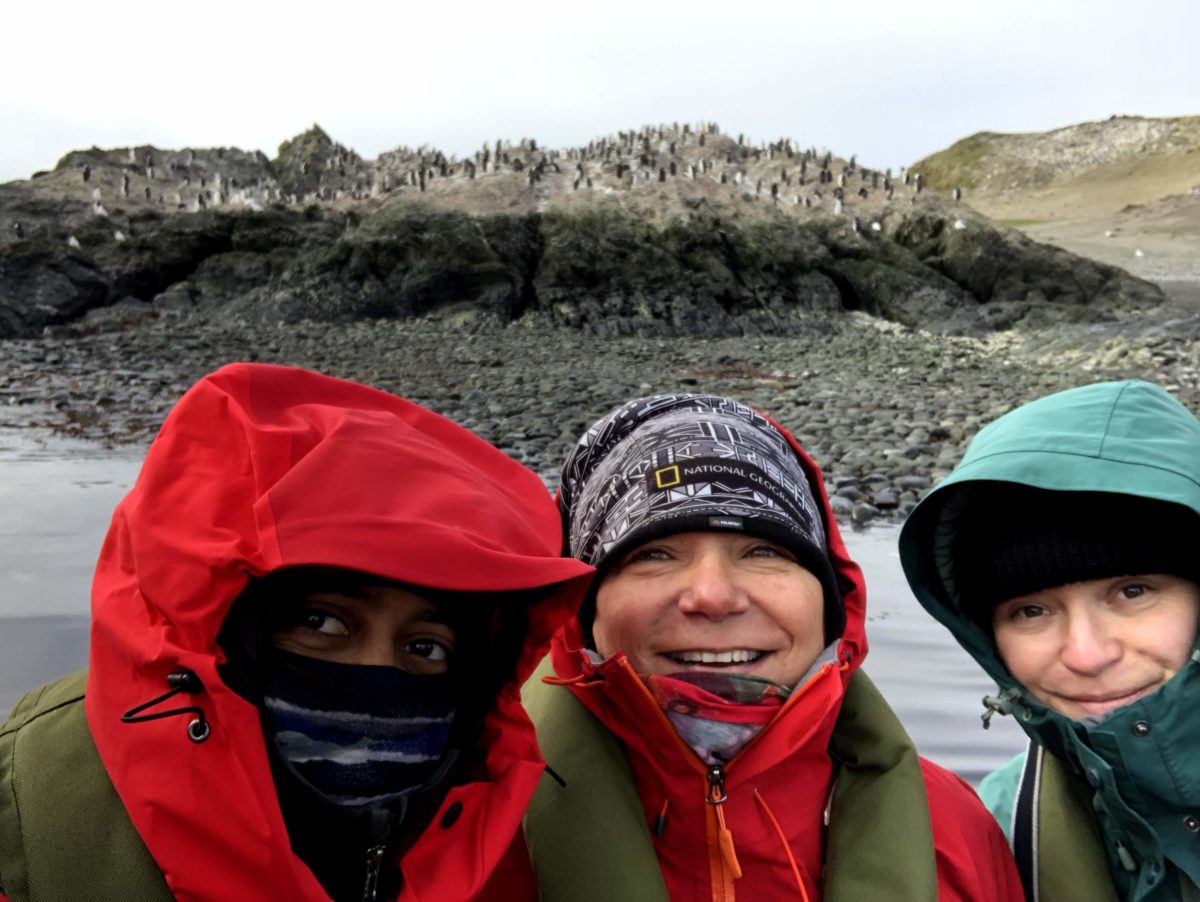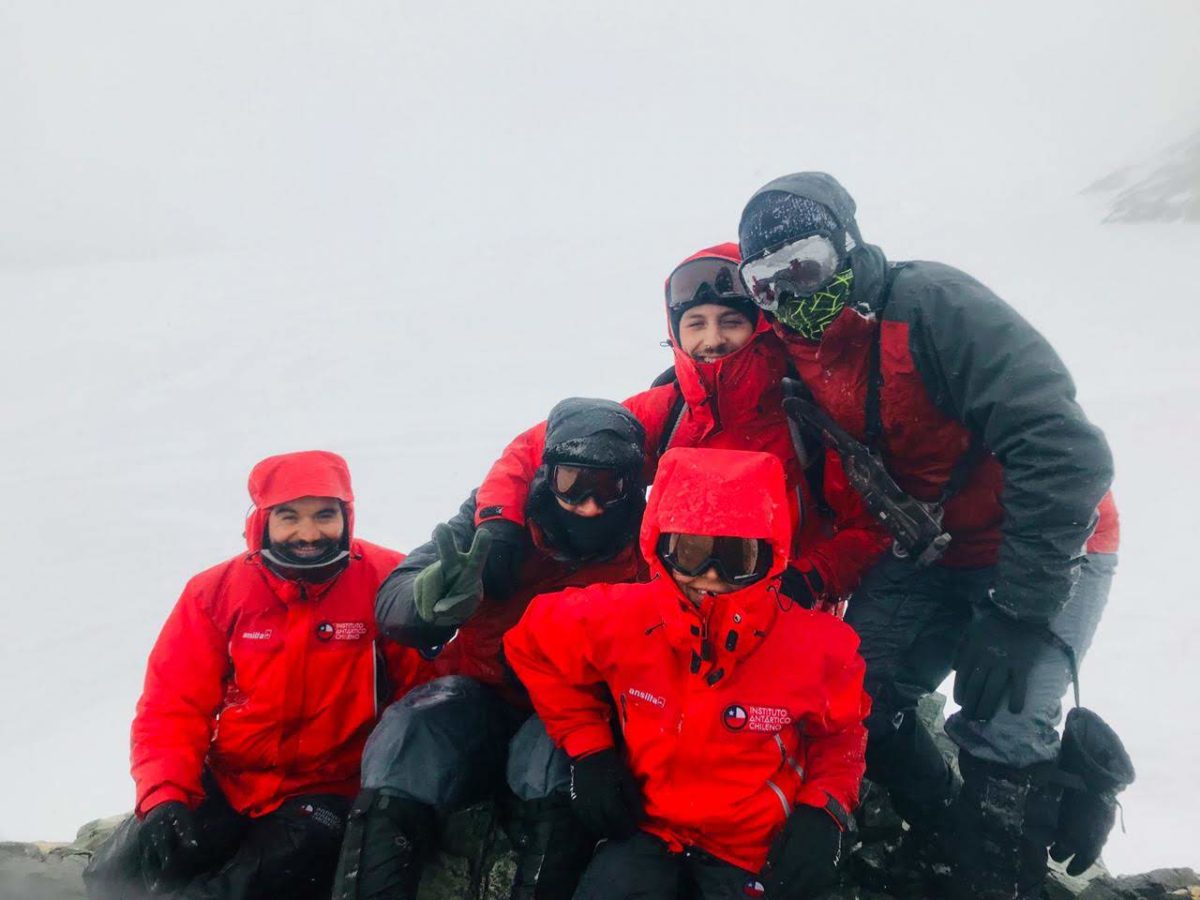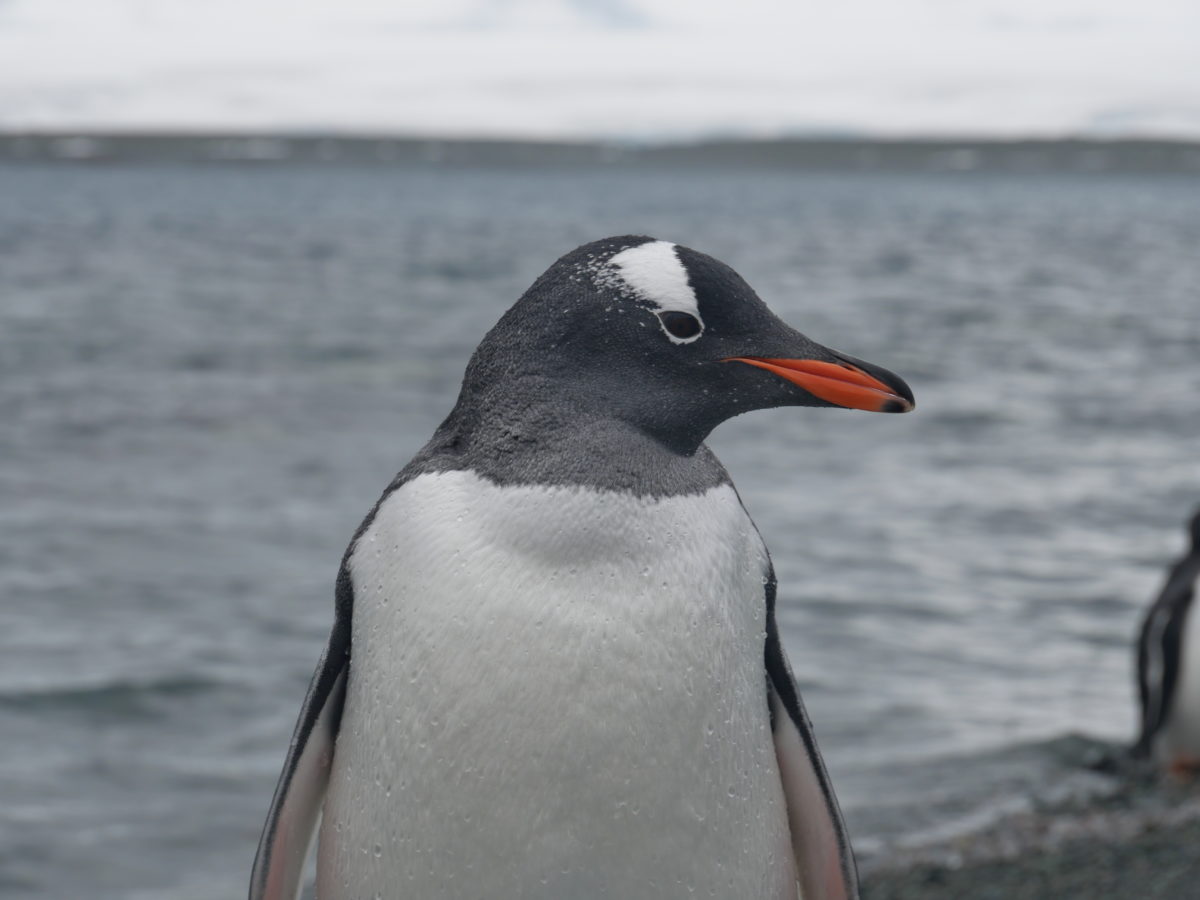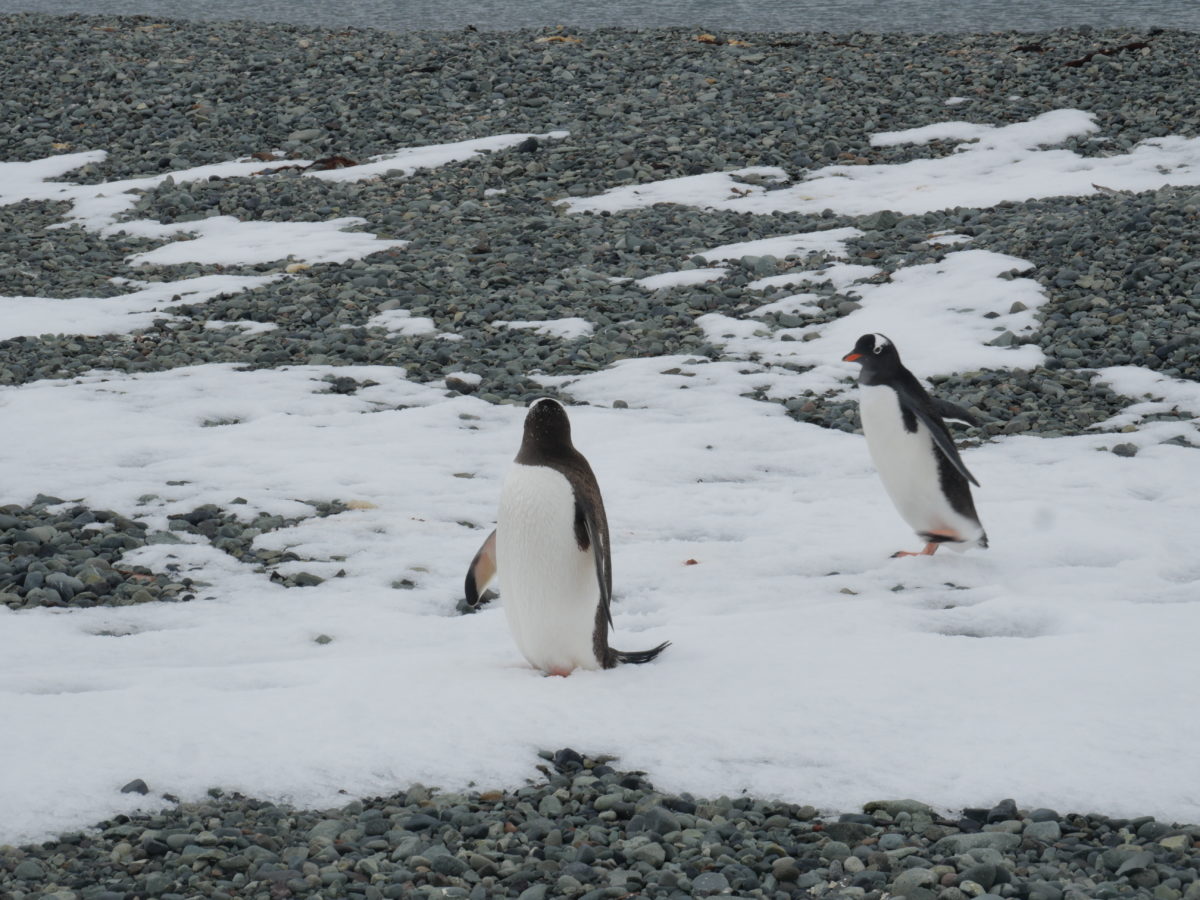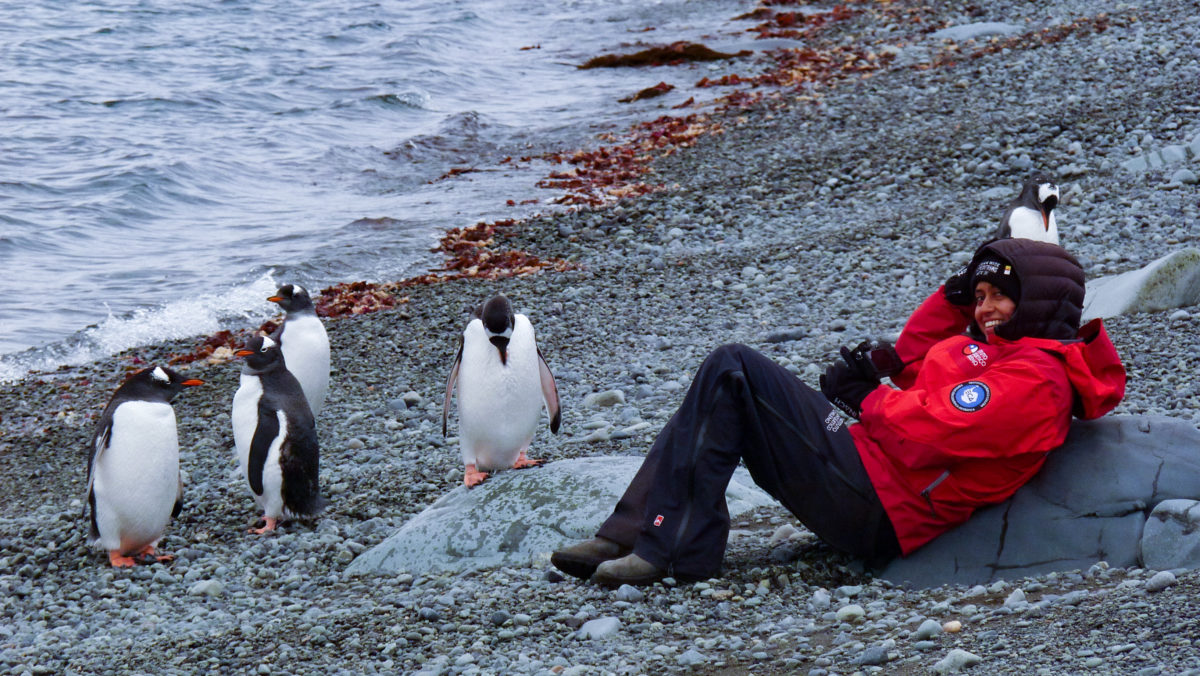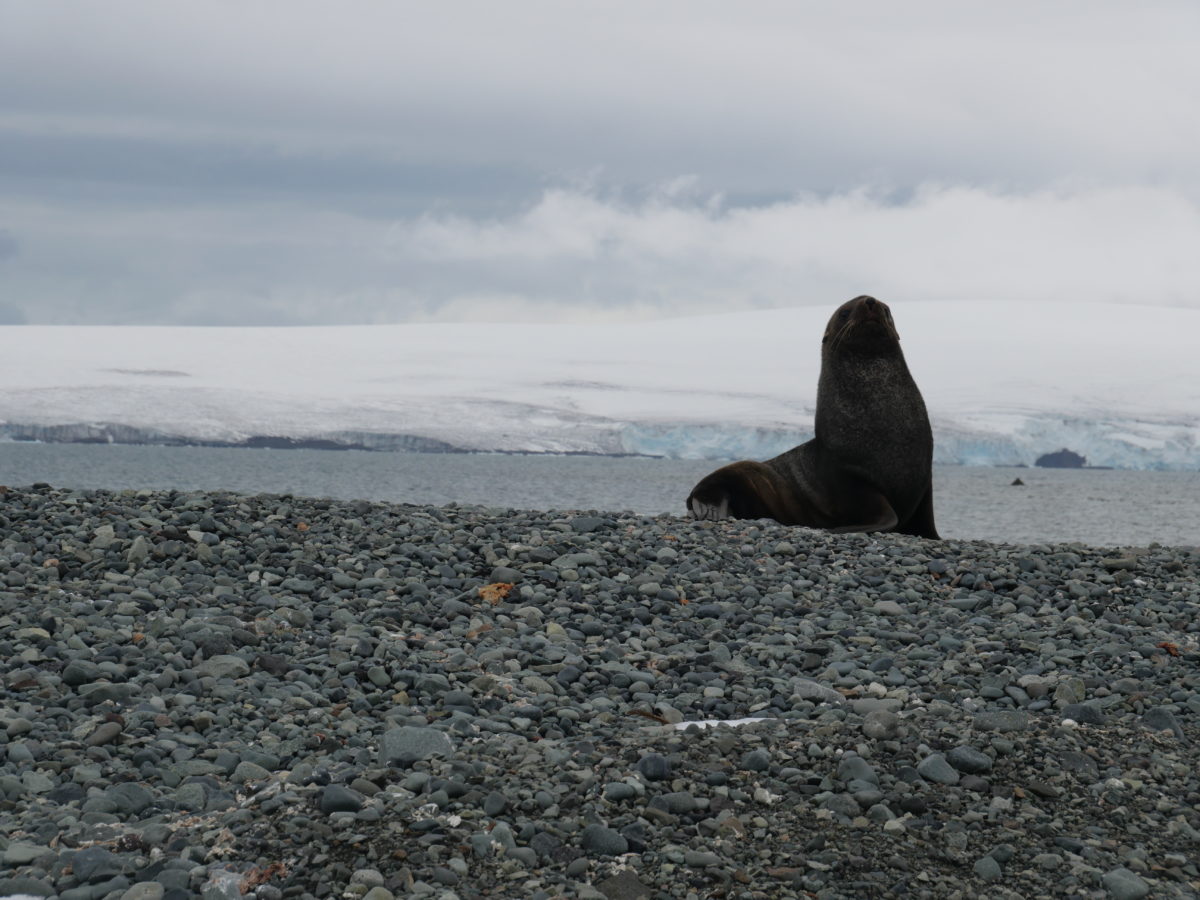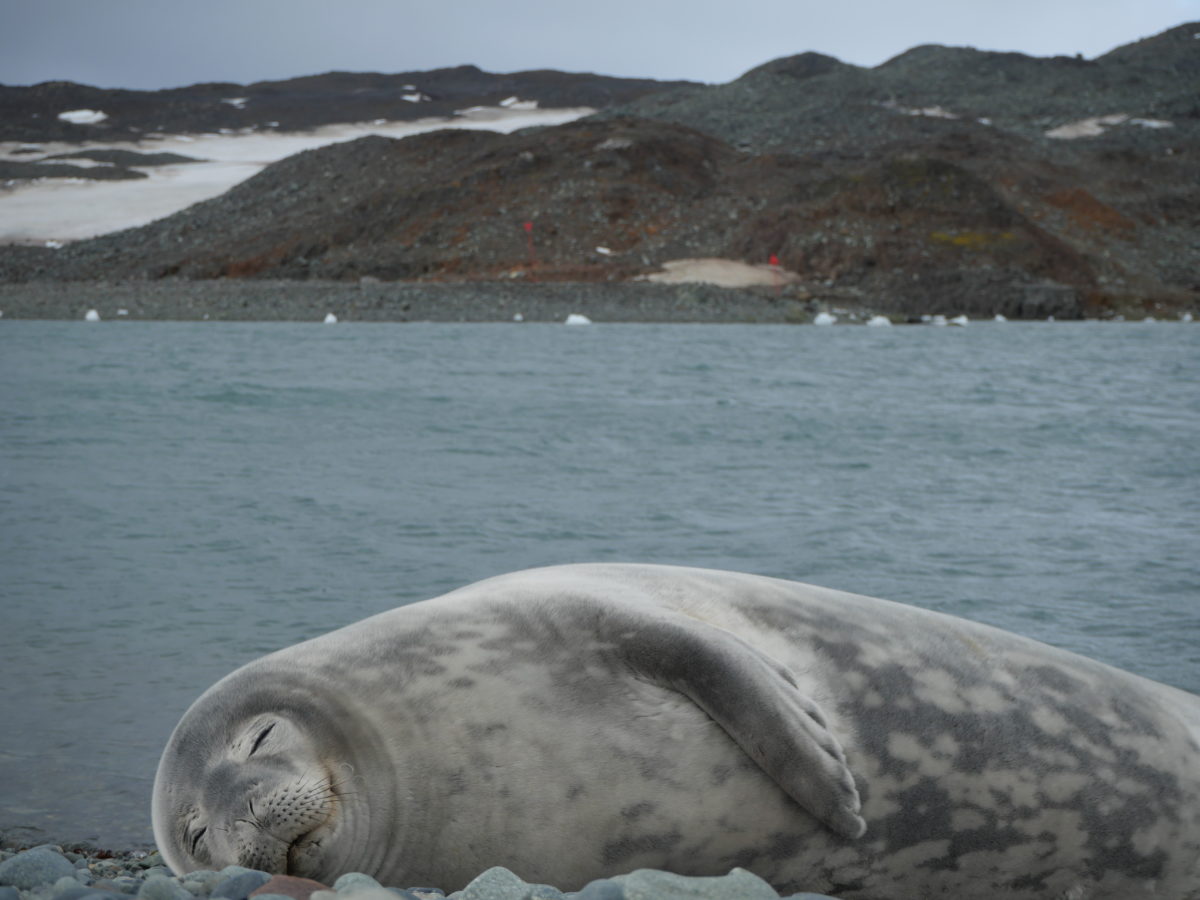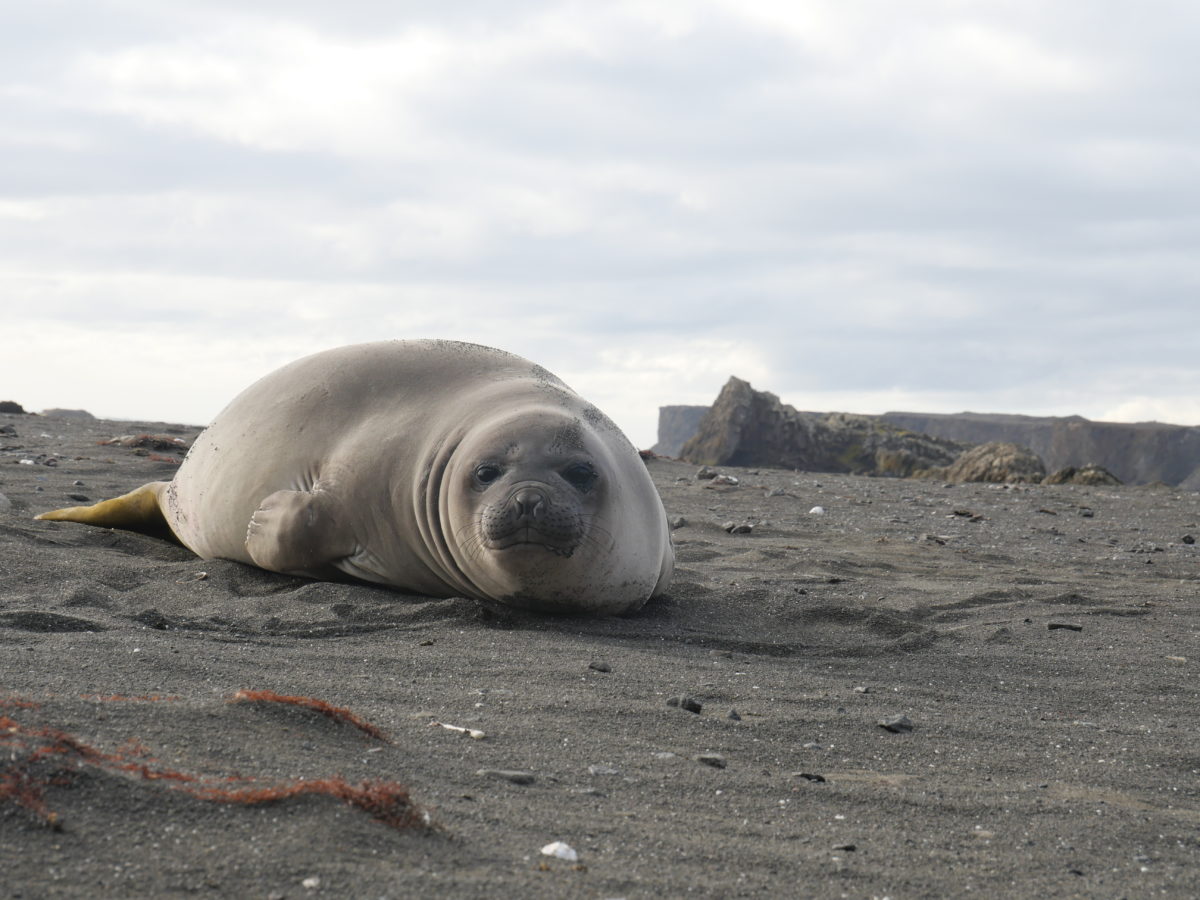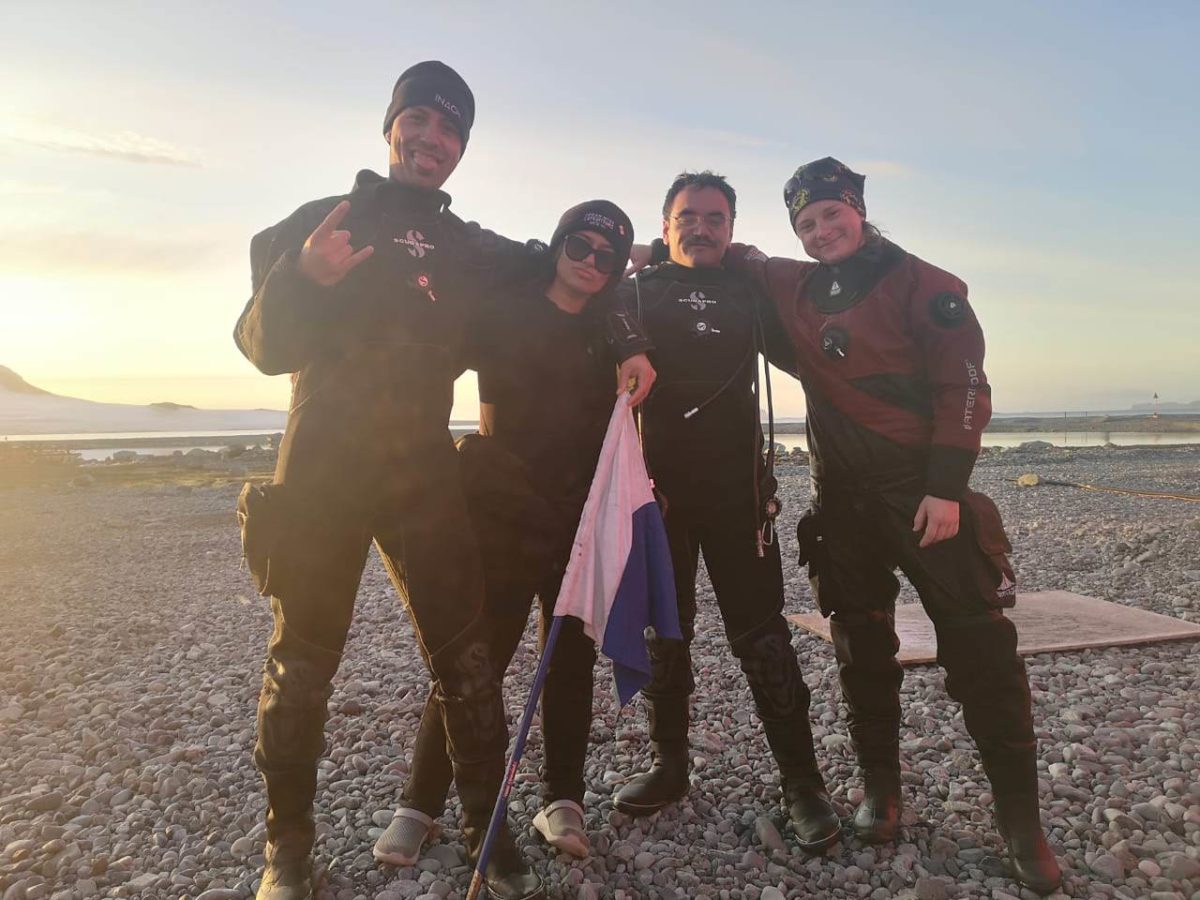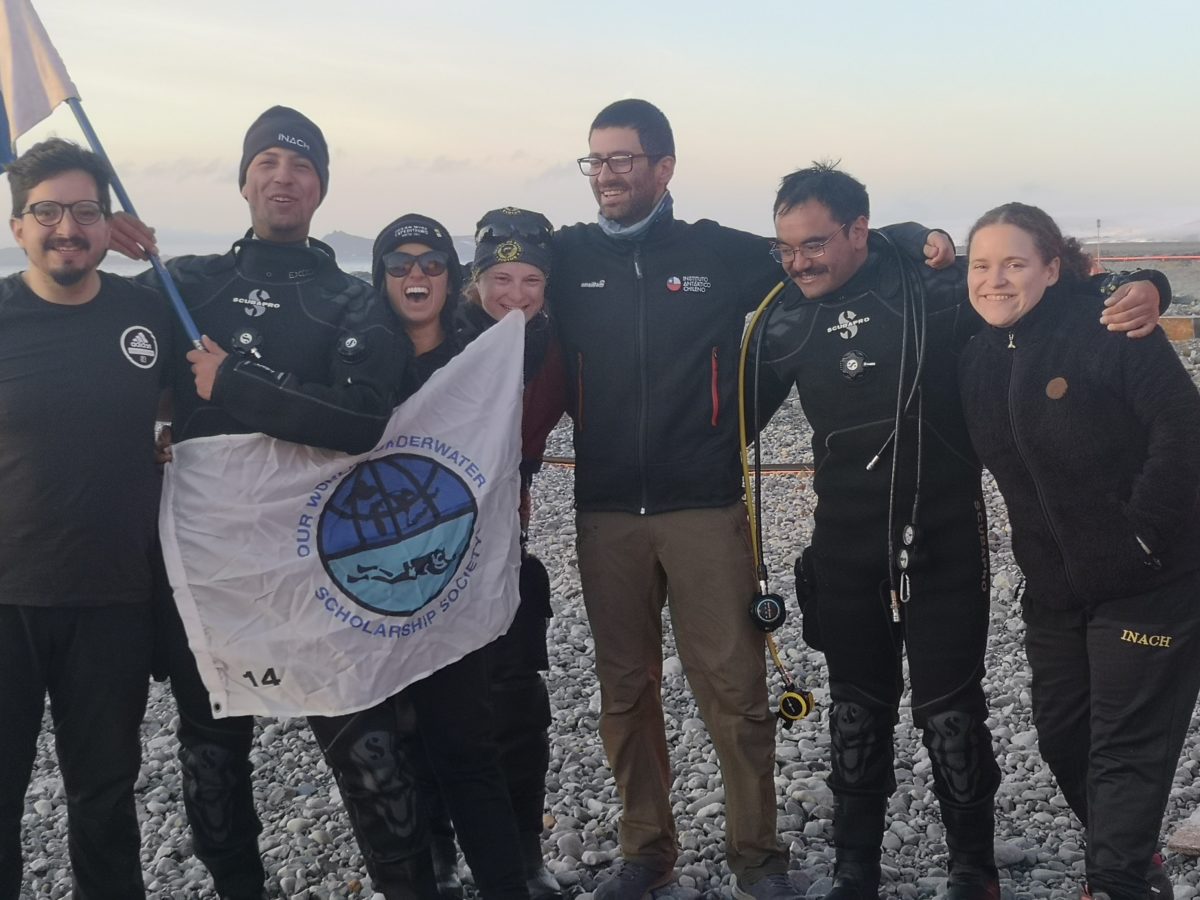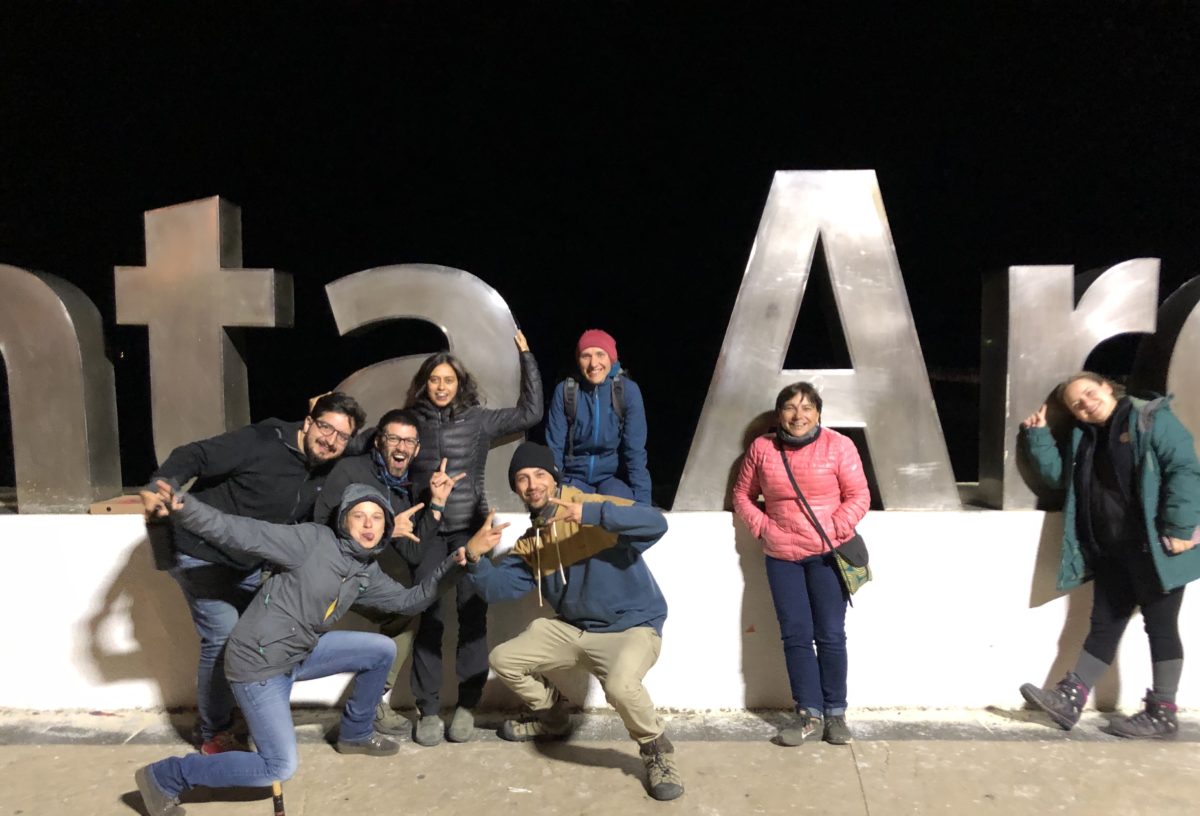It has been a while since I have been diving for science, so I was so excited that my next opportunity entailed this in the White Continent at the bottom of the world. For the past three weeks, I have been with researchers from the Universidad Mayor de Santiago at the Chilean Navy Base Arturo Prat. Eric, the 2018 European Scholar, connected with them, and since then Yann (2018 North American Scholar) and myself have had the chance to be a part of their dive team! I flew into Santiago, where I met the scientists from the Universidad Mayor of Santiago, Catherine Ribeiro, Mario Moreno, and Benjamin Glasner who are part of the Center of Genomics, Ecology and Environment.
The same day we flew south to the port city of Punta Arenas, where we met the rest of the dive team, Lea Happel, Andreas Schmider, and Alberto Ahumada. We spent a couple days doing some last minute preparations for the expedition before finally boarding a plane to the Escudero Base in Fildes Bay on King George Island. This was still not our final destination, and we had to wait until the next morning before boarding the Navy Ship the Fuentealba for the 4 hour ride to our base on Greenwich Island. This journey held some of the most spectacular vistas, as well as the first Albatross I have seen in my life! It was an amazing welcome to the last continent.
The Arturo Prat base, has been here since 1947, and has been host to visiting scientists for the past eight years. It has a large communal building with a gym, an area to chill and where meals were served. However we spent the majority of our time in the INACH building that was set up specifically for scientists. In addition to our rooms, it had a relatively well-equipped lab for the work we were here to do. Namely, sponge sampling!
Mario, Benja, and Cath are all microbiologists interested in various facets of the world of microbes in Antarctic waters. As divers, we were here specifically to sample the subtidal sponges of the area in order to increase scientific understanding of the Sponge Holobiont. For those that don’t understand this concept (like myself), a holobiont refers to the collective of an organism with many associated microorganisms that contribute to the host’s nutrition, immunity, and development. Sponges are some of the most ancient existent animals, and can influence surrounding ecosystems through both biotic and abiotic factors. For example they provide shelter to many different types of animals, and they filter insane volumes of seawater everyday!
Marine sponges demonstrate the idea of a holobiont as an ecosystem super well because of the unique microbial communities they are home to. These microbes can affect the health of the sponge, by producing excess vitamins for their host, or can provide defense against viruses for the whole holobiont using, for example, the famous CRISPR- Cas system that can cut and paste foreign viral genes to create specific antibodies to fight the viruses they come from. In addition to this, certain microbes are able to modify the major nutrient cycles of the ocean like carbon, nitrogen, and phosphorous. This means they play an appreciable role in sucking carbon out of the benthic environment and cycling nutrients that are important for all creatures within the ecosystem.
Understanding the functional role of sponge microbes in relation to their holobionts in extreme environments like here in Antarctica is especially important because here sponges can cover up to 80% of the sea floor, and are considered to be key ecosystem engineers. Currently, the sampling campaign is investigating whether the functional capabilities of the sponge holobiont changes seasonally, as Antarctica has so much light in the summer, and so little in the winter. So for 4 years the team will be sampling sponges right at the beginning and the end of the field season (summer) to look at these seasonal changes, and the implications they have in the functions of the sponge holobiont in the ecosystem.
Every sampling session, our aim was to get four replicates of three different sponges found in the area. As we had four divers, we had two teams, and thus two dives to achieve this goal. One of the species is generally harder to find, as it encrusts along the rocks, rather than having its own three-dimensional structure. So sometimes the second dive team had to dedicate their whole dive to this species alone. The diving was beautiful. HUGE macroalgae provided a blanket that covered the numerous sponges, encrusting algae, bryozoans, and anemones that made up the benthos. There were also many different sea stars, isopods, snails, limpets and huge worms. It was a novel experience for to me to make sure that the surface was free of ice when we were ascending.
Once back on the boat, Mario, Benja, and Cath would immediately photograph and freeze a section of the sponge in liquid nitrogen, in order to preserve the RNA for further analysis. They also sampled abiotic factors of the water using a CTD, and took water samples to filter in order to analyze the microbiome of the seawater surrounding the sponge as well.
In the lab, all the water was filtered and subsamples were taken to analyze nutrient and chlorophyll content. The sponges were cleaned of foreign particles like rocks, and algae, and subsampled for taxonomic classification and DNA. In the end the sampling campaign was successful, and we took all of the samples that the researchers needed. We even had one day to explore new sites and take photographs!
One of our limiting factors was the weather. Though we had some bluebird, glassy days, we also had days of 46 knot winds with blizzards, so we could only get out when the weather permitted, and as we were diving in such a remote place, we couldn’t take any chances even on medium-sized days. Secondly, as we were working with the Navy, we depended on them to drive the boat, and therefore had to limit our sampling days to when they could take us out.
This left us with many days to fill the time with cards, movies, exercise, and writing blogs :). It also left us ample time to explore Greenwich Island. Much like the Antarctica of my brain, there were penguins everywhere! I LOVE THEM. Did you know they have been recorded at a speed of 36km/h under the water?! We also were surrounded by epic photogenic glaciers and mountains and went on some incredible hikes where few people have ever set foot before.
99.68% of Antarctica is covered by ice, and it is one of the most inhospitable and remote places on the planet. However, like the rest of the world, it is being altered dramatically by anthropogenic change. Surface waters here, like the remainder of the worlds’ oceans, are littered with particles of plastic. Many climate models show that the Antarctic Peninsula and the Shetland Islands are particularly susceptible to increases in temperature. Therefore, understanding how processes like how the functions of a sponge holobiont work, and how they affect the surrounding ecosystem, is vital in order to predict the changes that could take place as the anthropocene plows forward.
As for myself, I am so grateful that I was able to visit this place now, and able to participate in work that could help us understand how this place that seems so barren, is so vital to the biological functioning of our globe. As always thank you to my sponsors Aqua Lung, DUI, Fourth Element, and Halcyon, for keeping me protected against the extreme conditions. And thank you to OWUSS, Rolex, INACH and Nicole Trefault for bringing me to this place.
Thank you for Funding from:
Dynamics and Functions of Sponge Microbiomes under the strong seasonal variability of the Antarctic Environment. Code: FONDEYCT No 1990879 Funding Source: National agency for Research and Development, ANID – FONDECYT
Dynamics of Sponge-Associated Microbial Photosynthetic Eukaryotes During Seasonal Transitions in Antarctic Waters Code: INACH RT_34-17 Funding Source: Chilean Antarctic Institute, INACH
References:
Pita, L., Rix, L., Slaby, B.M. et al. The sponge holobiont in a changing ocean: from microbes to ecosystems. Microbiome6, 46 (2018). https://doi.org/10.1186/s40168-018-0428-1
Moreno-Pino, M., Cristi, A., Gillooly, J.F. et al. Characterizing the microbiomes of Antarctic sponges: a functional metagenomic approach. Sci Rep10, 645 (2020). https://doi.org/10.1038/s41598-020-57464-2
By Neha Acharya-Patel
